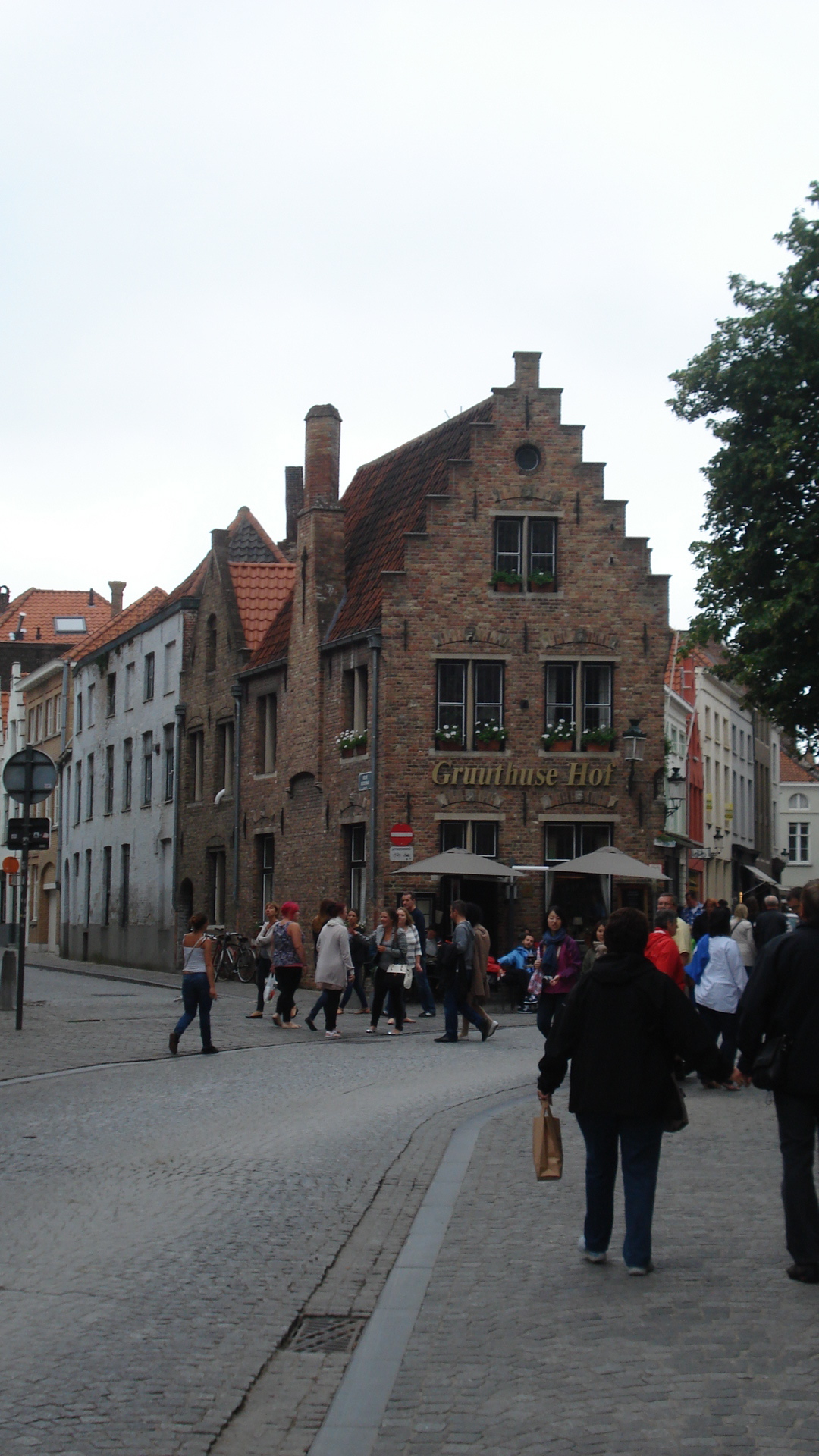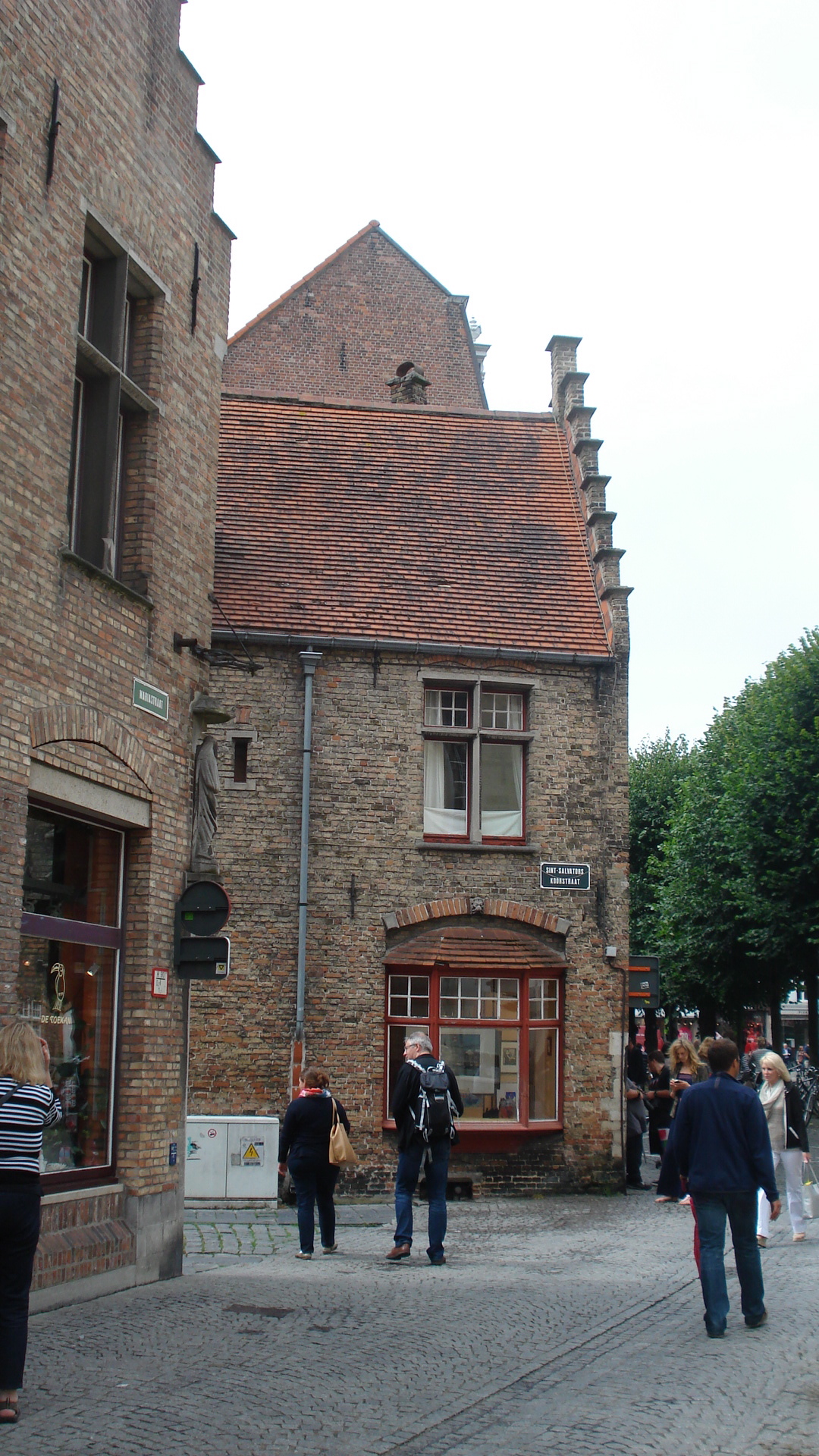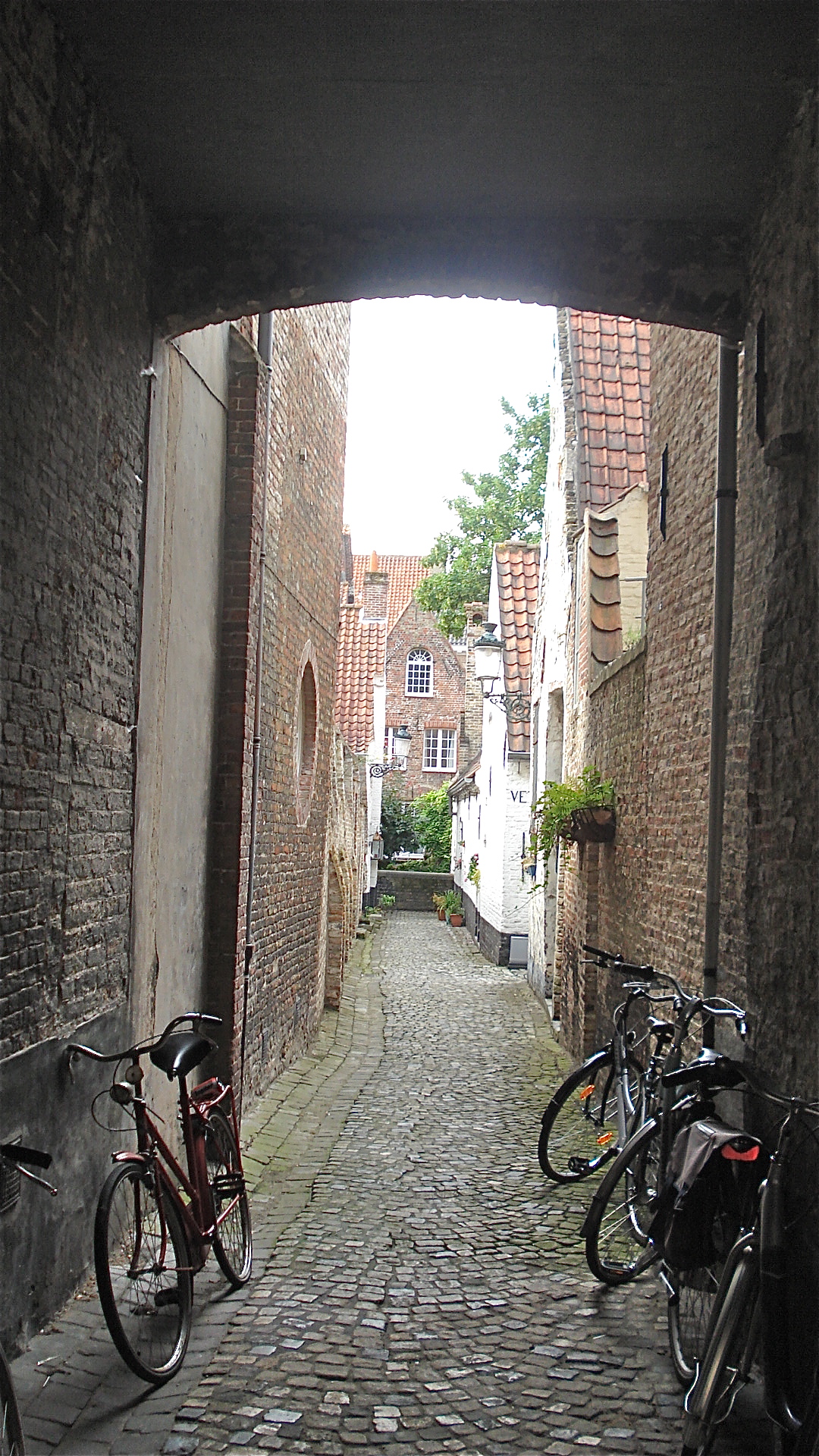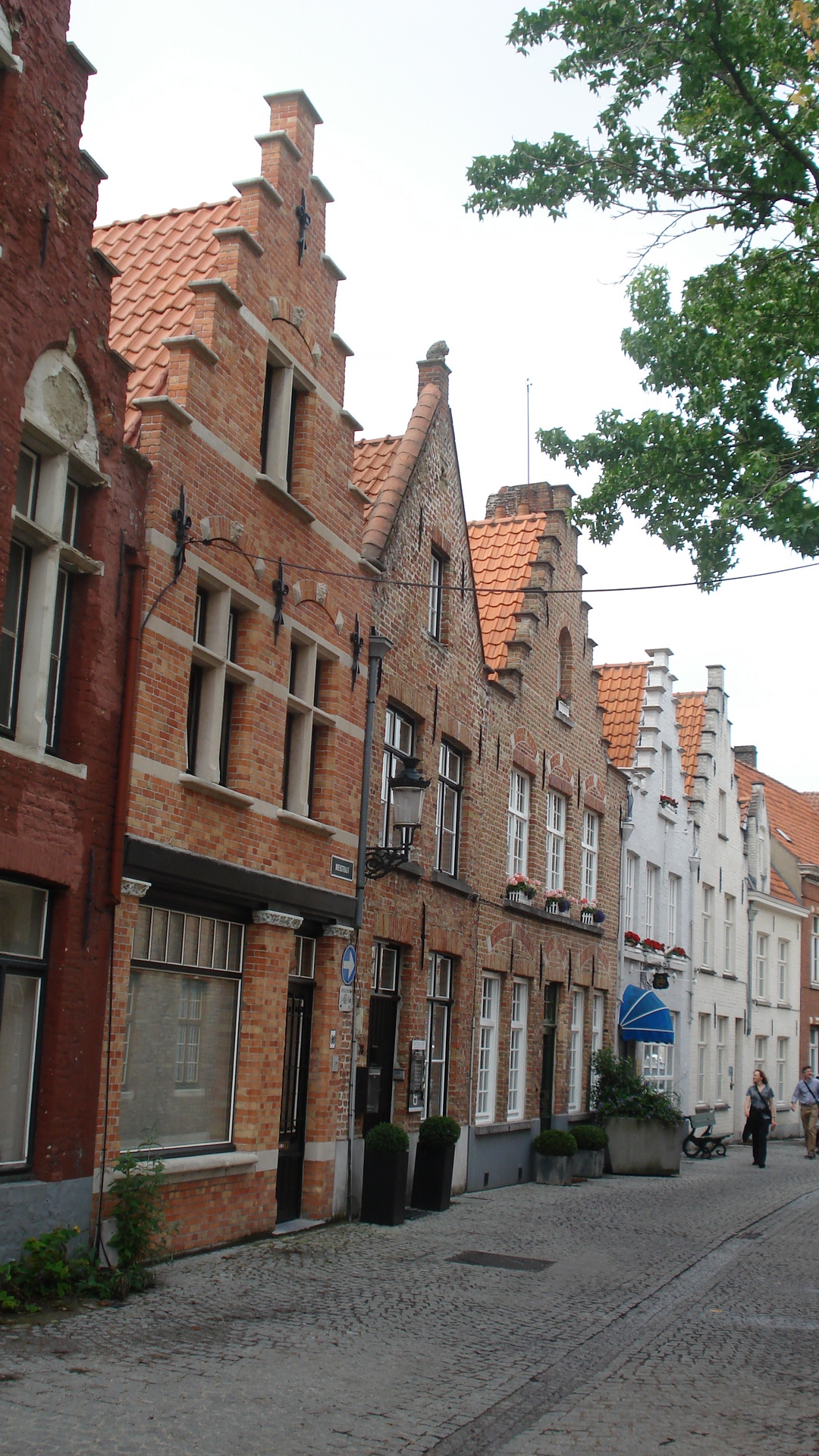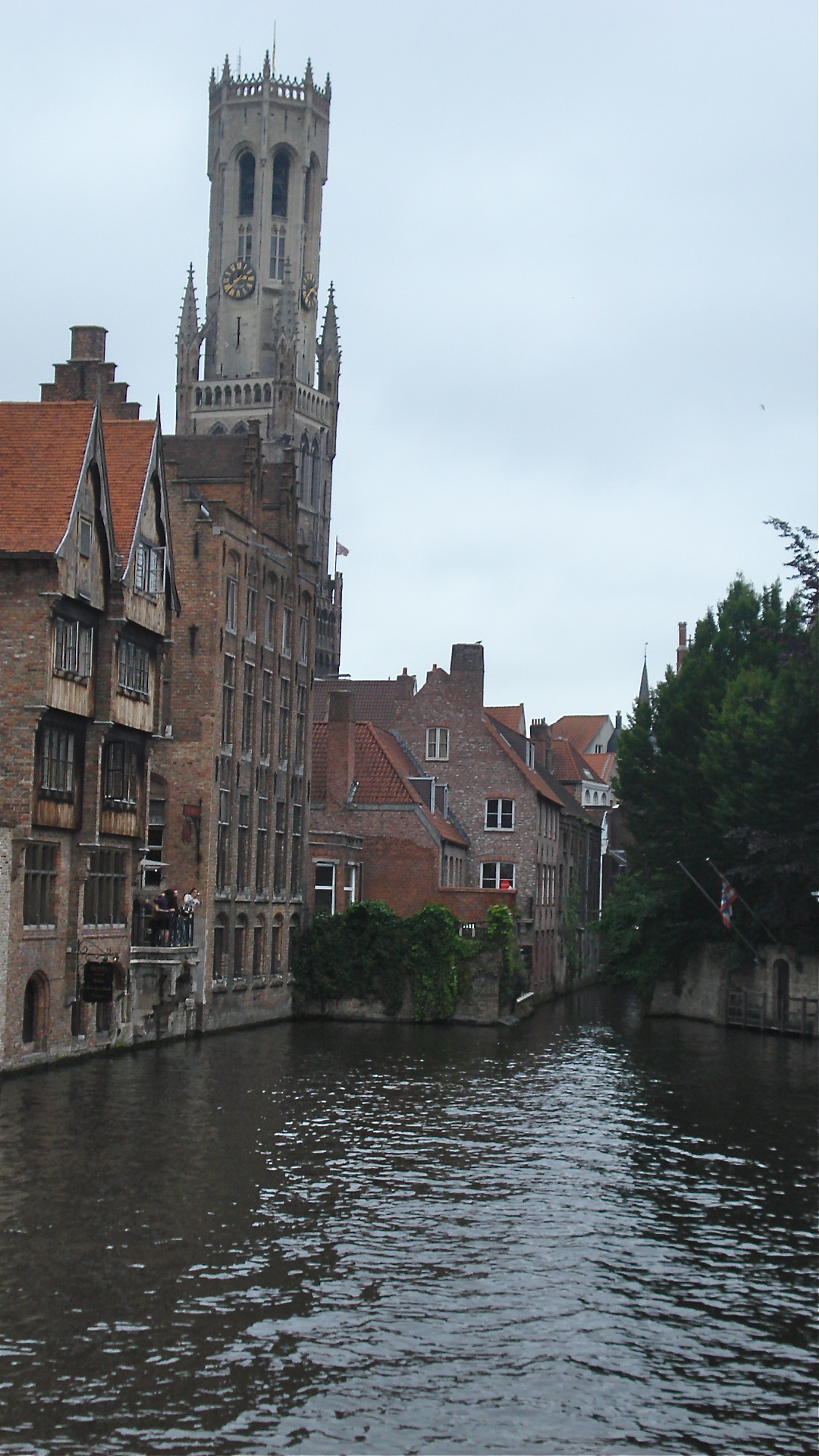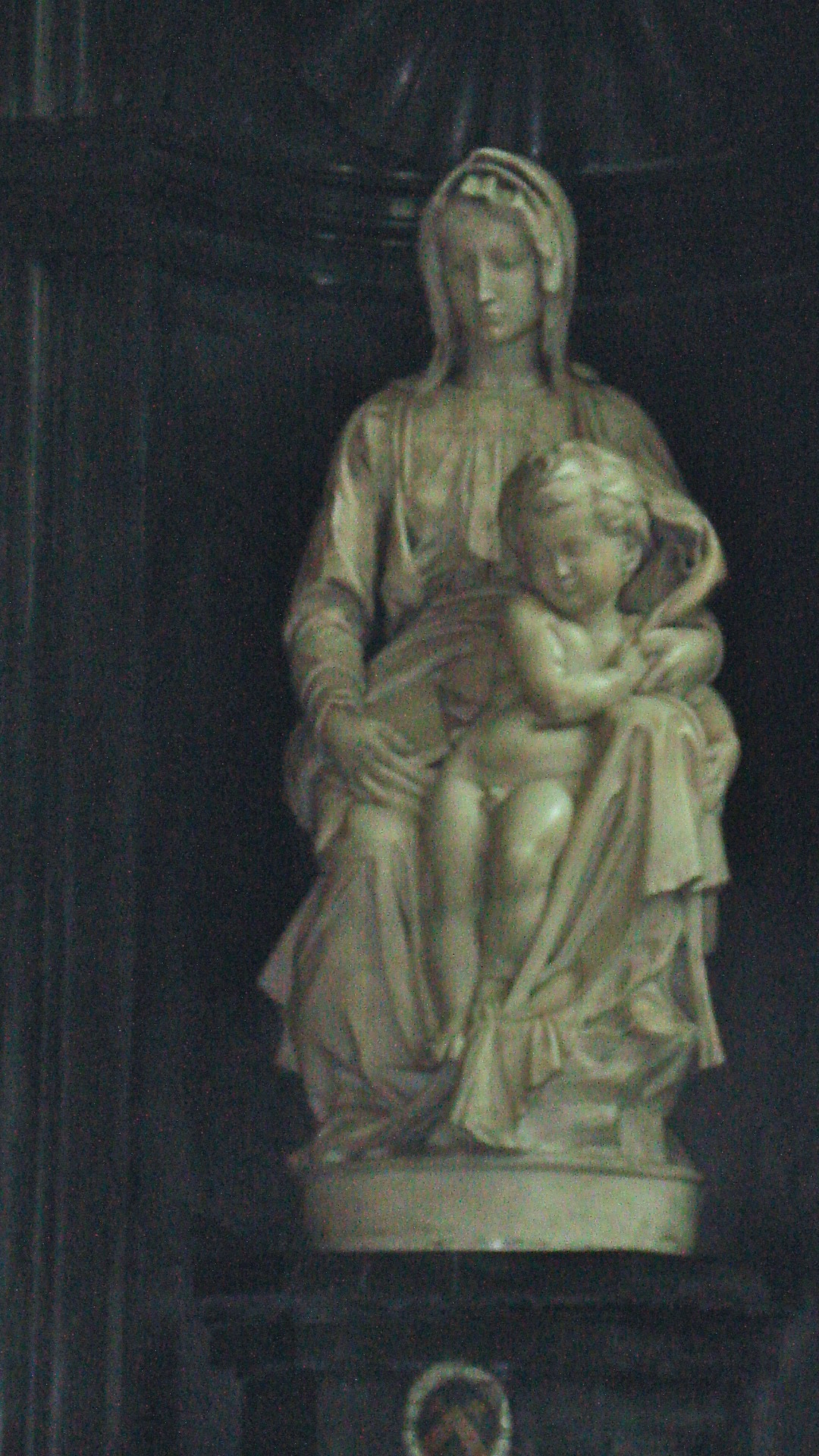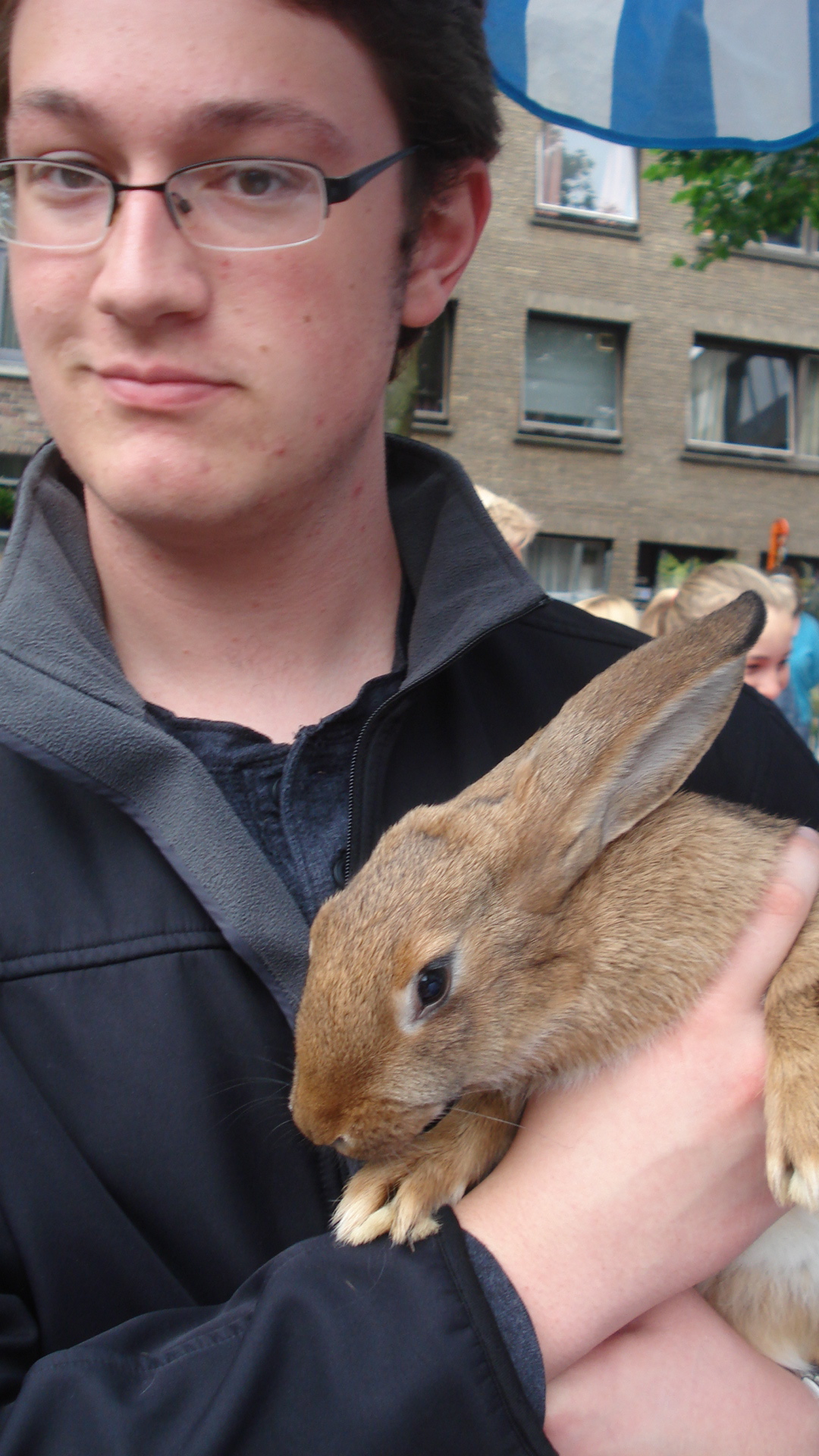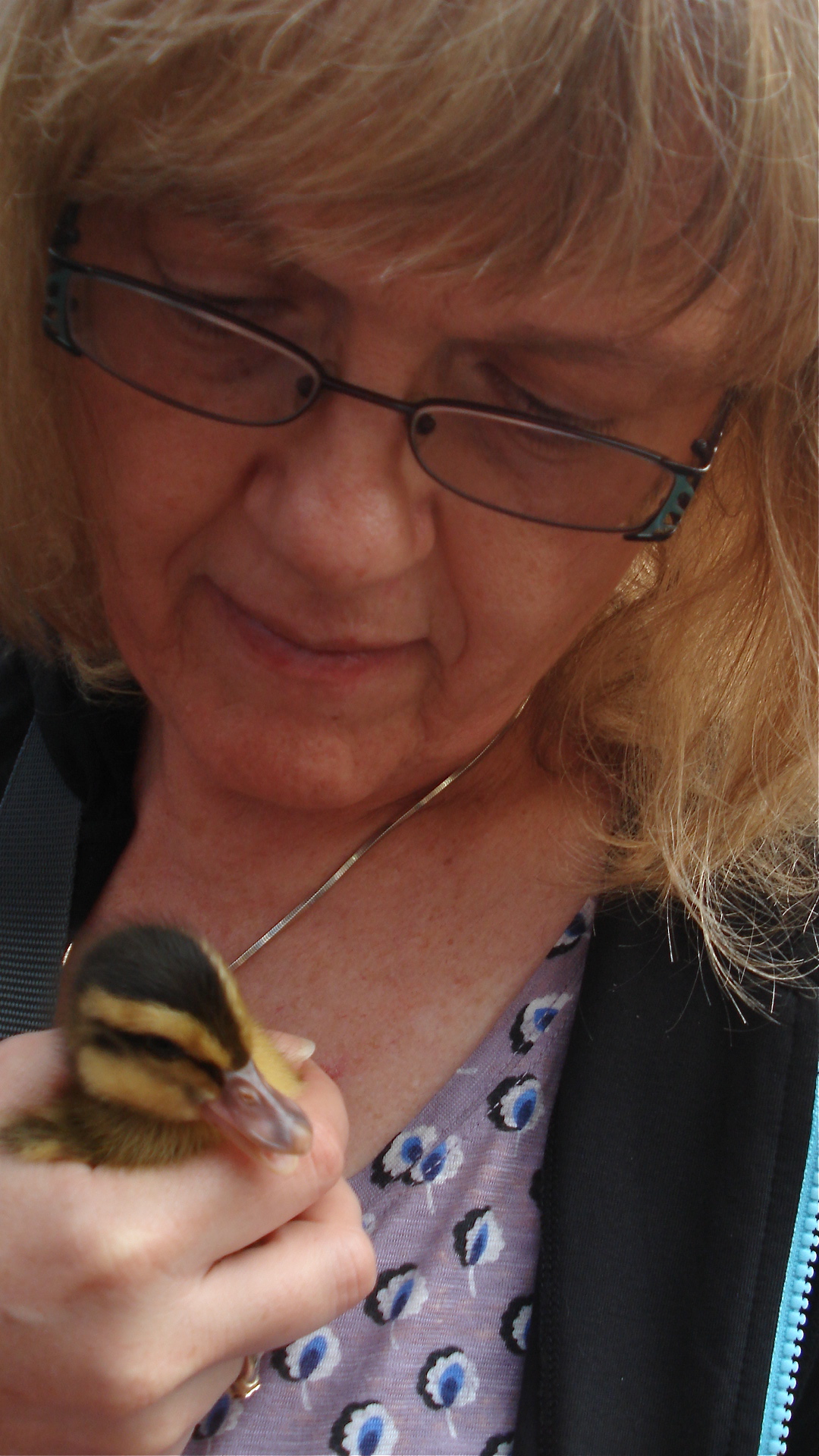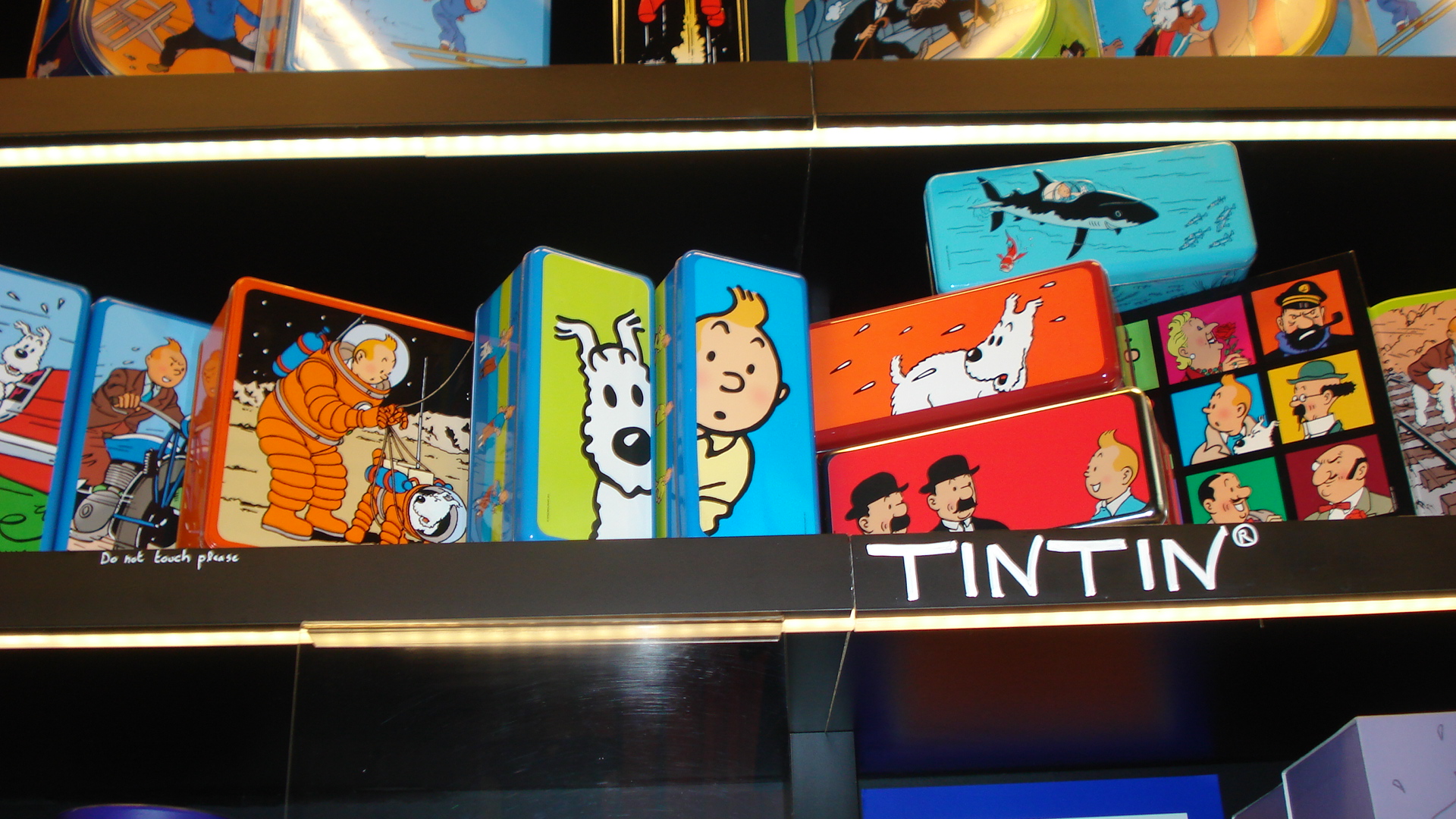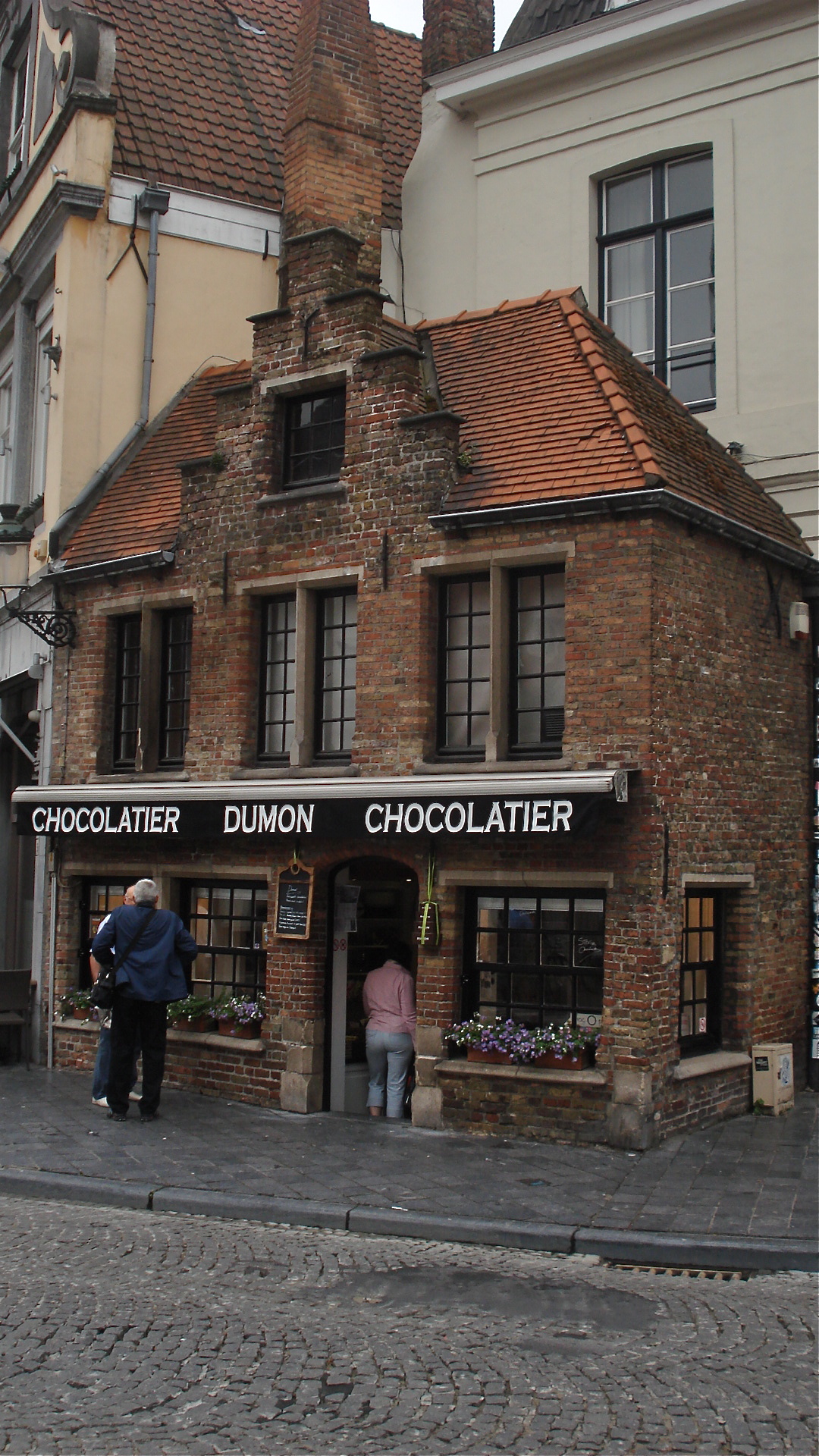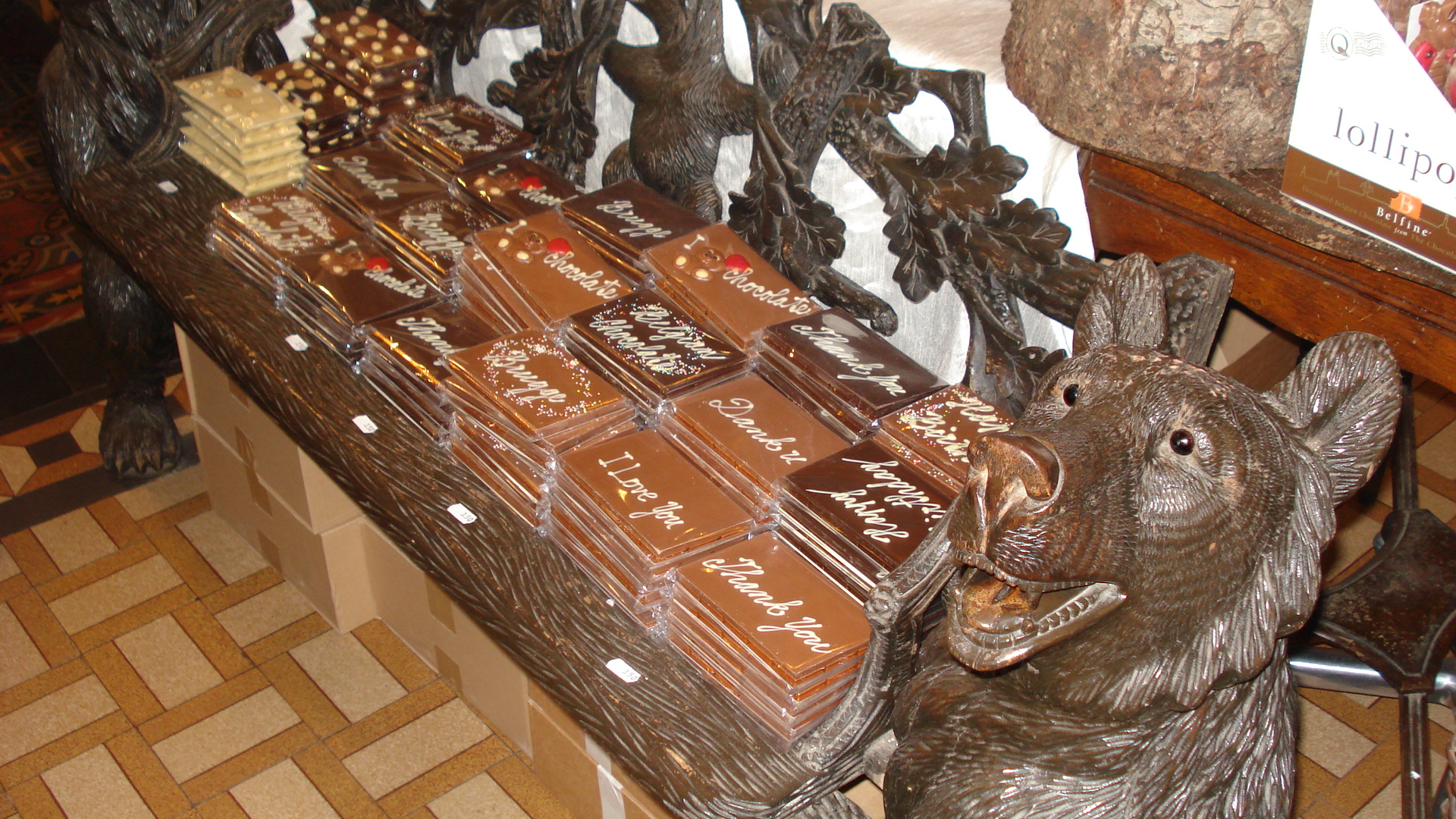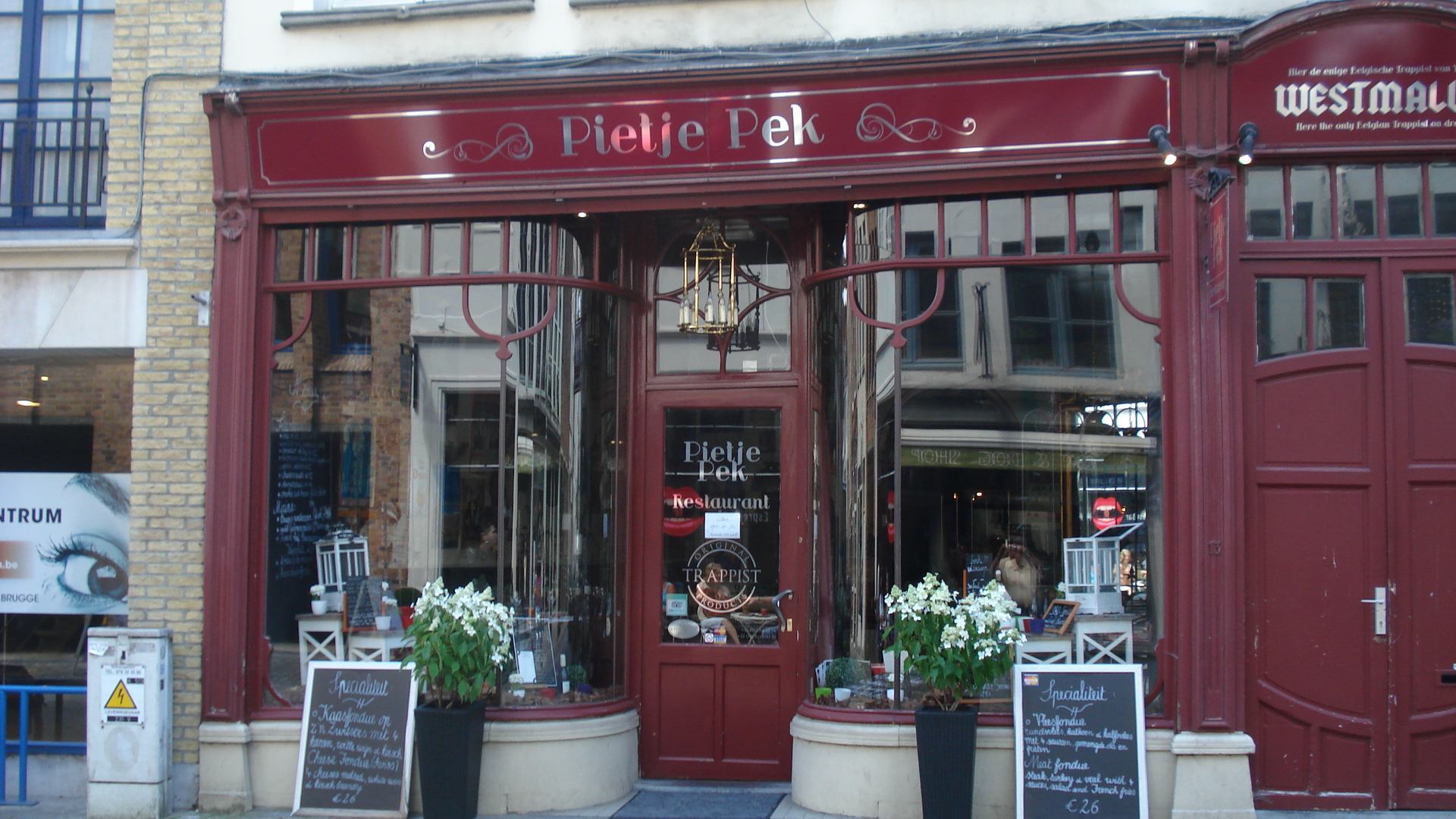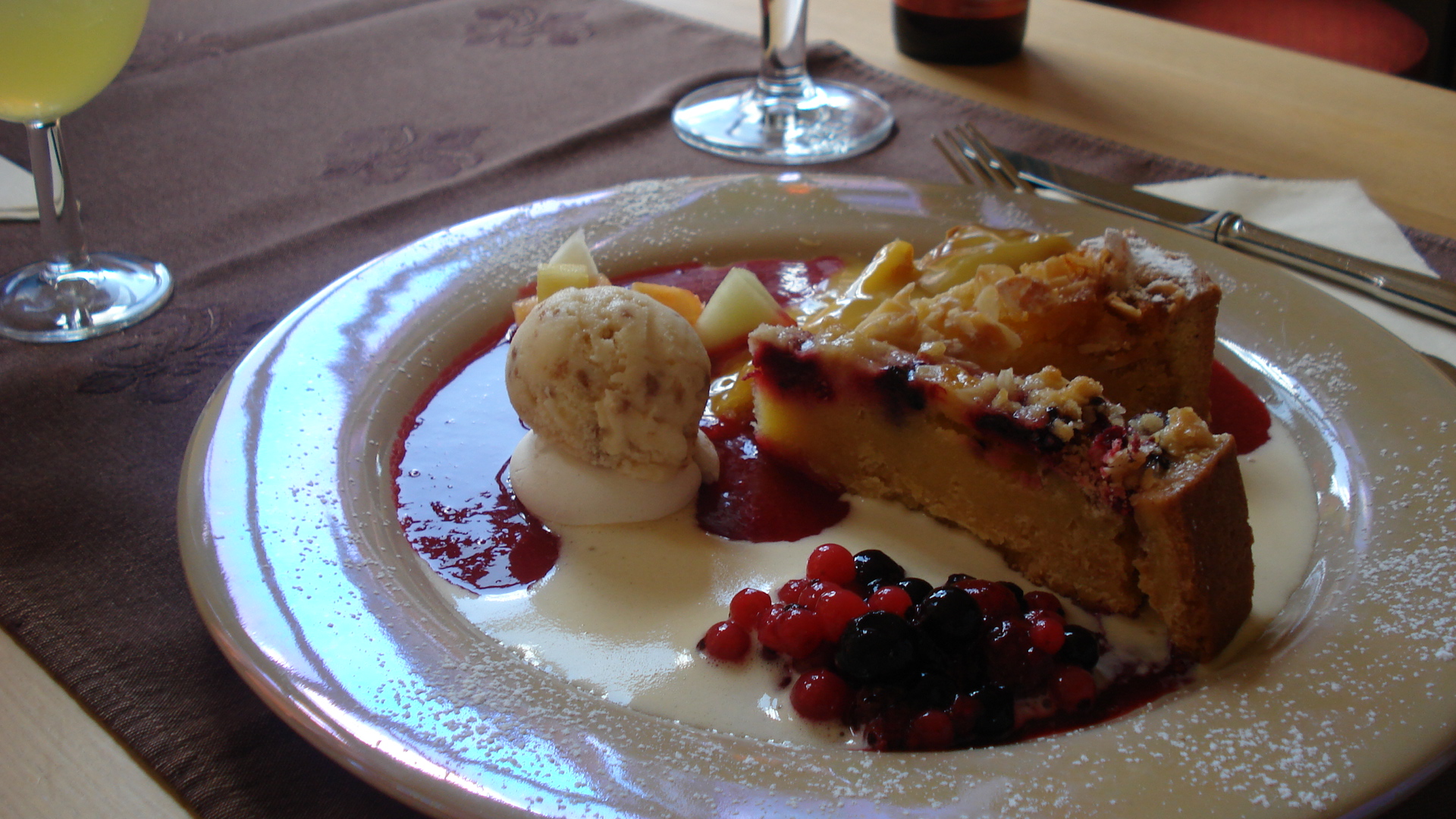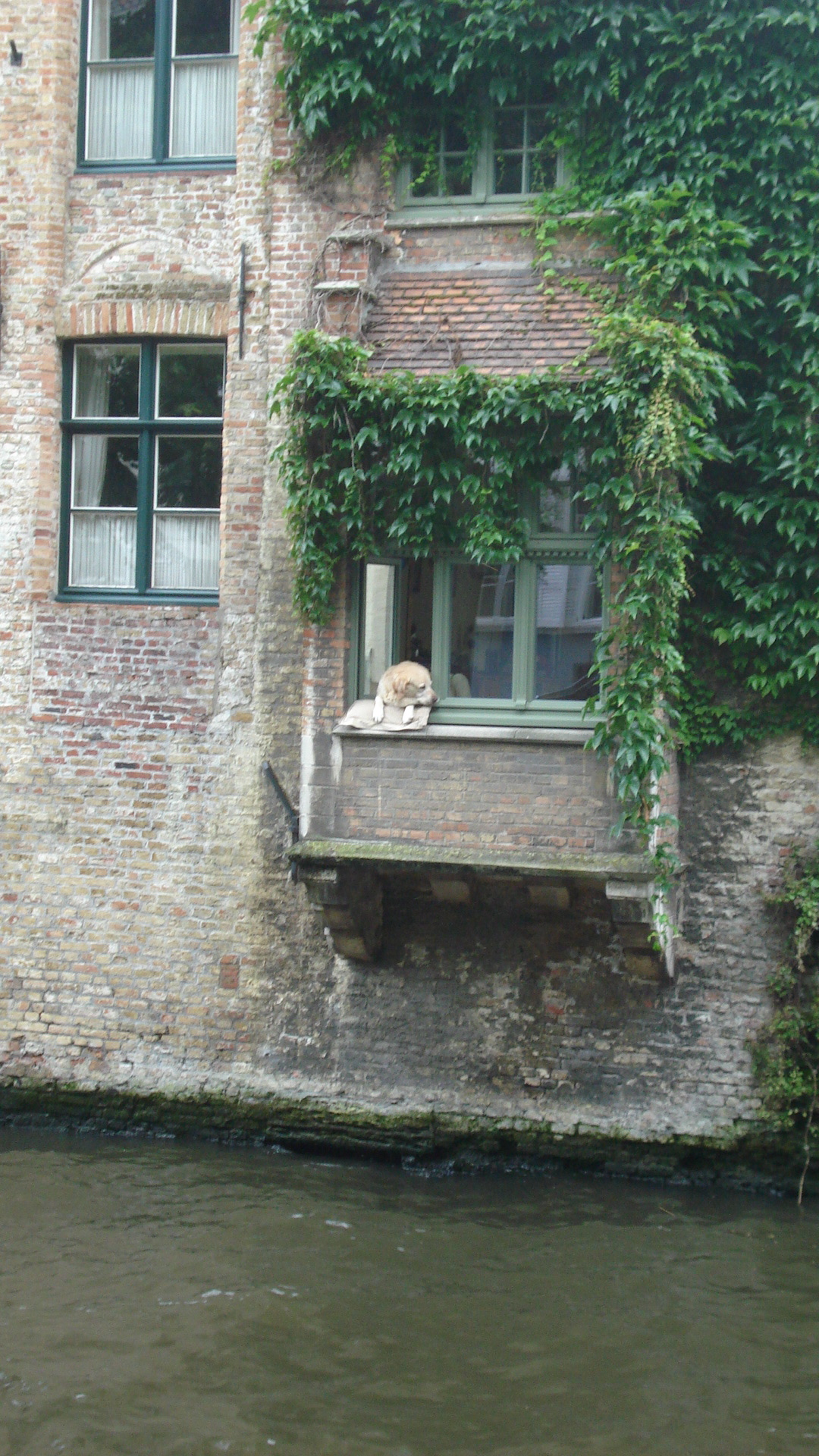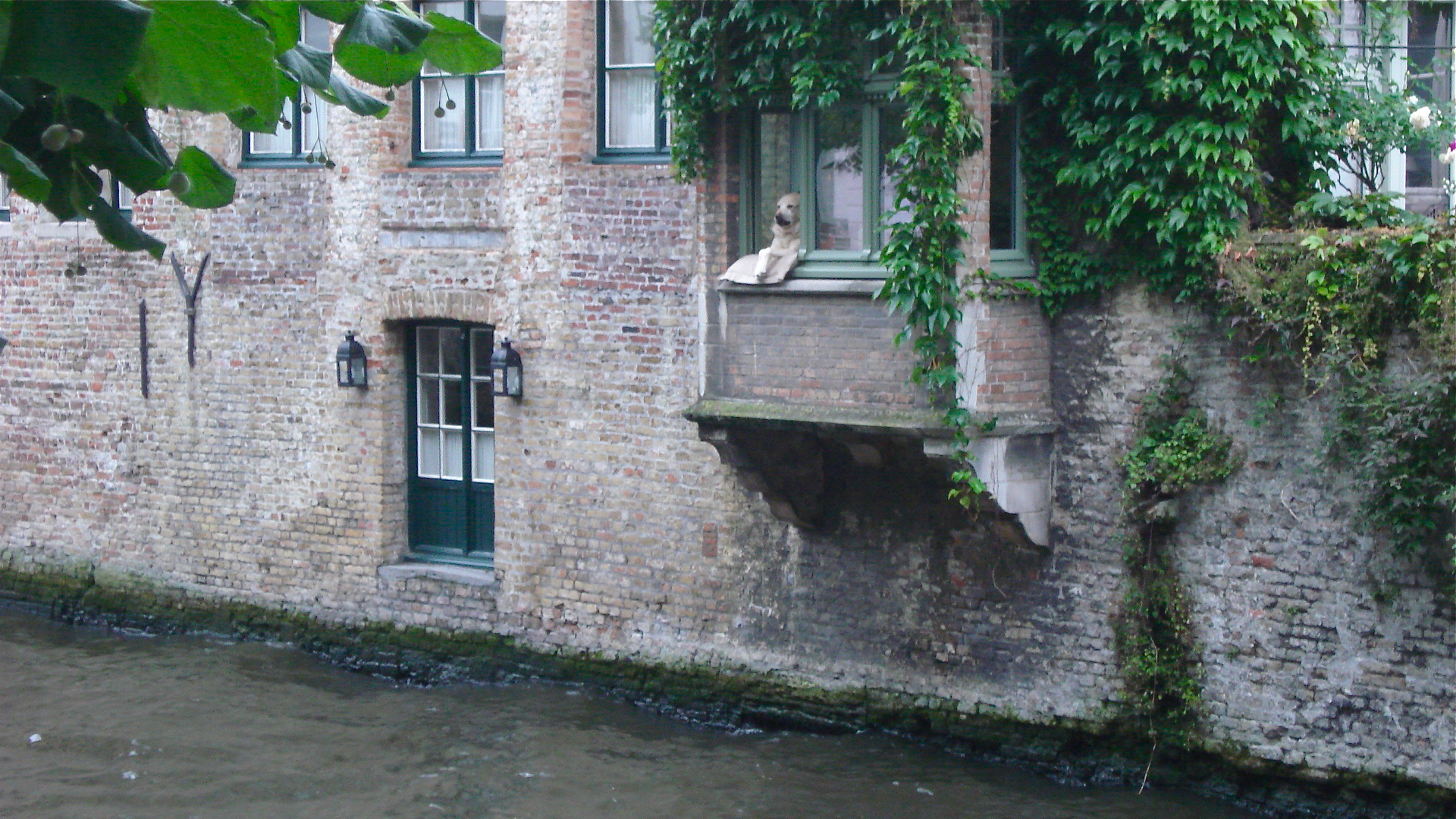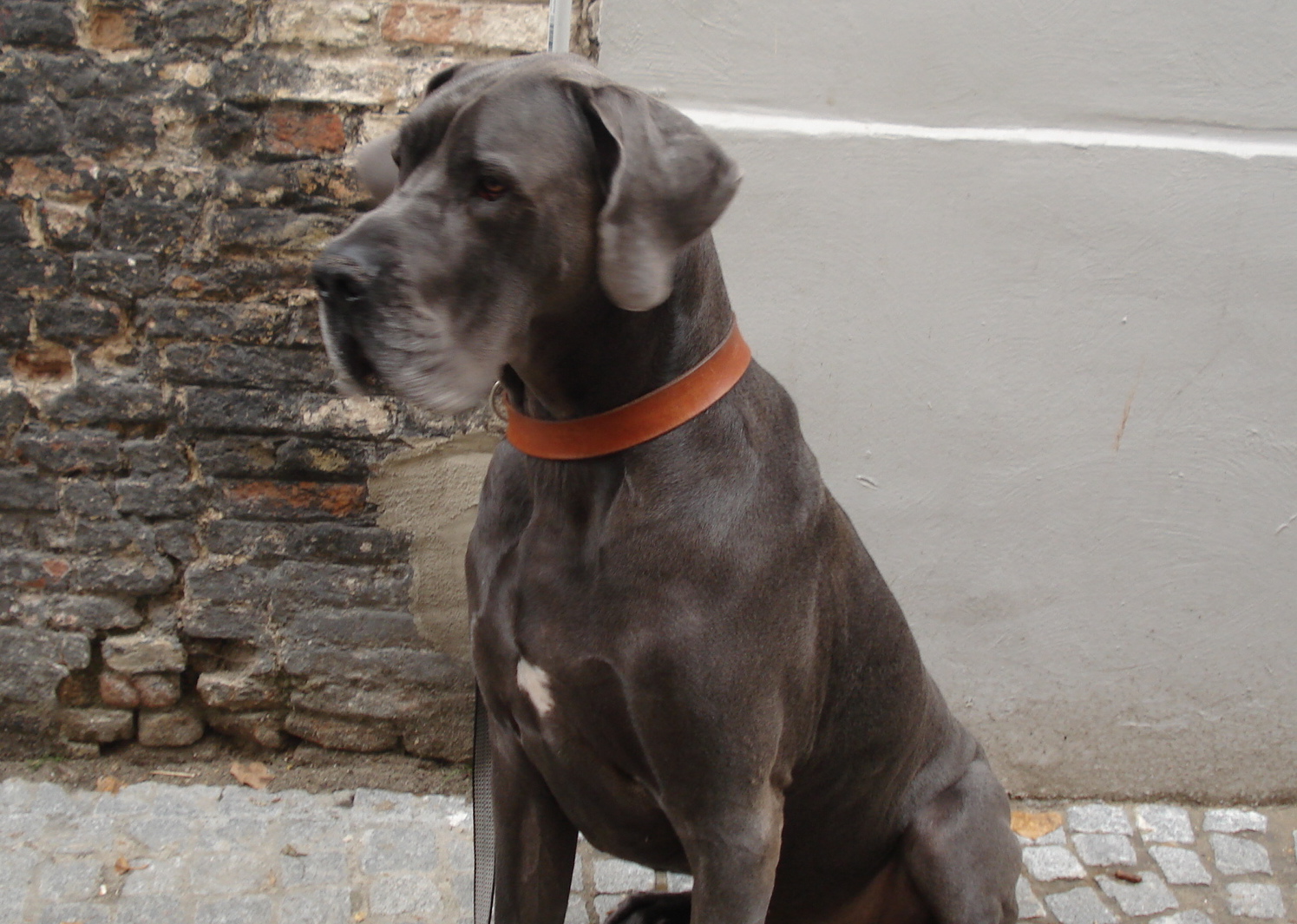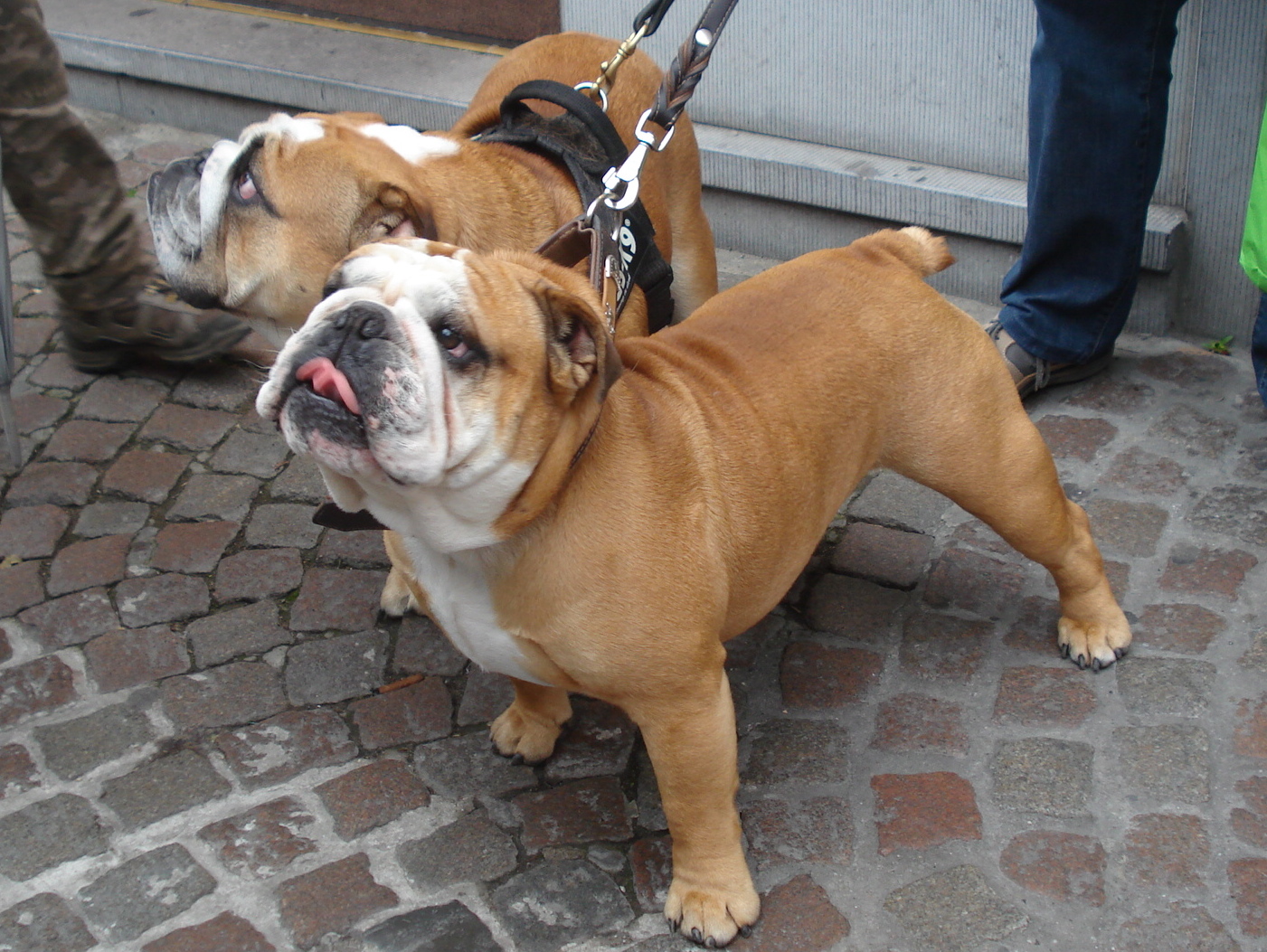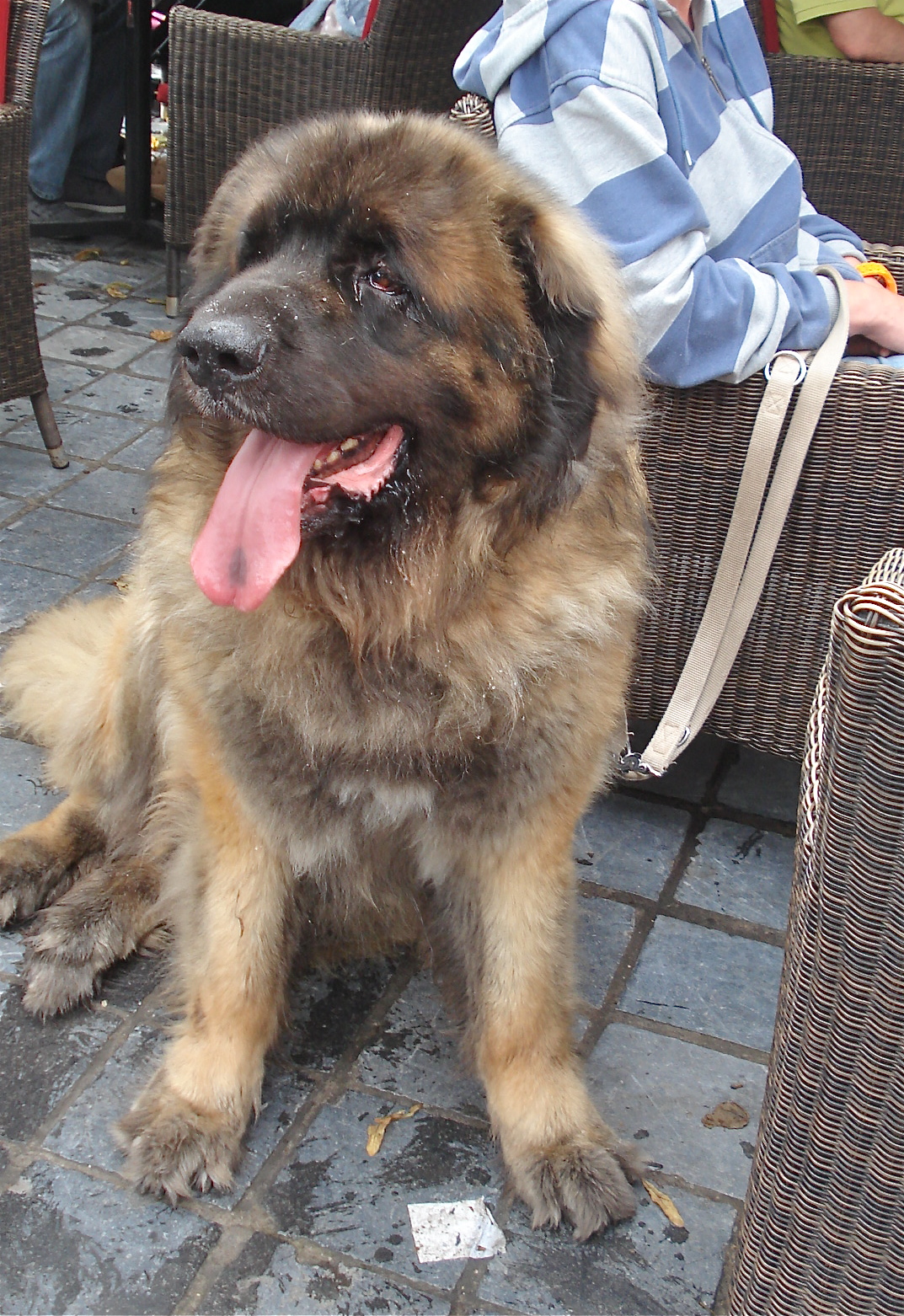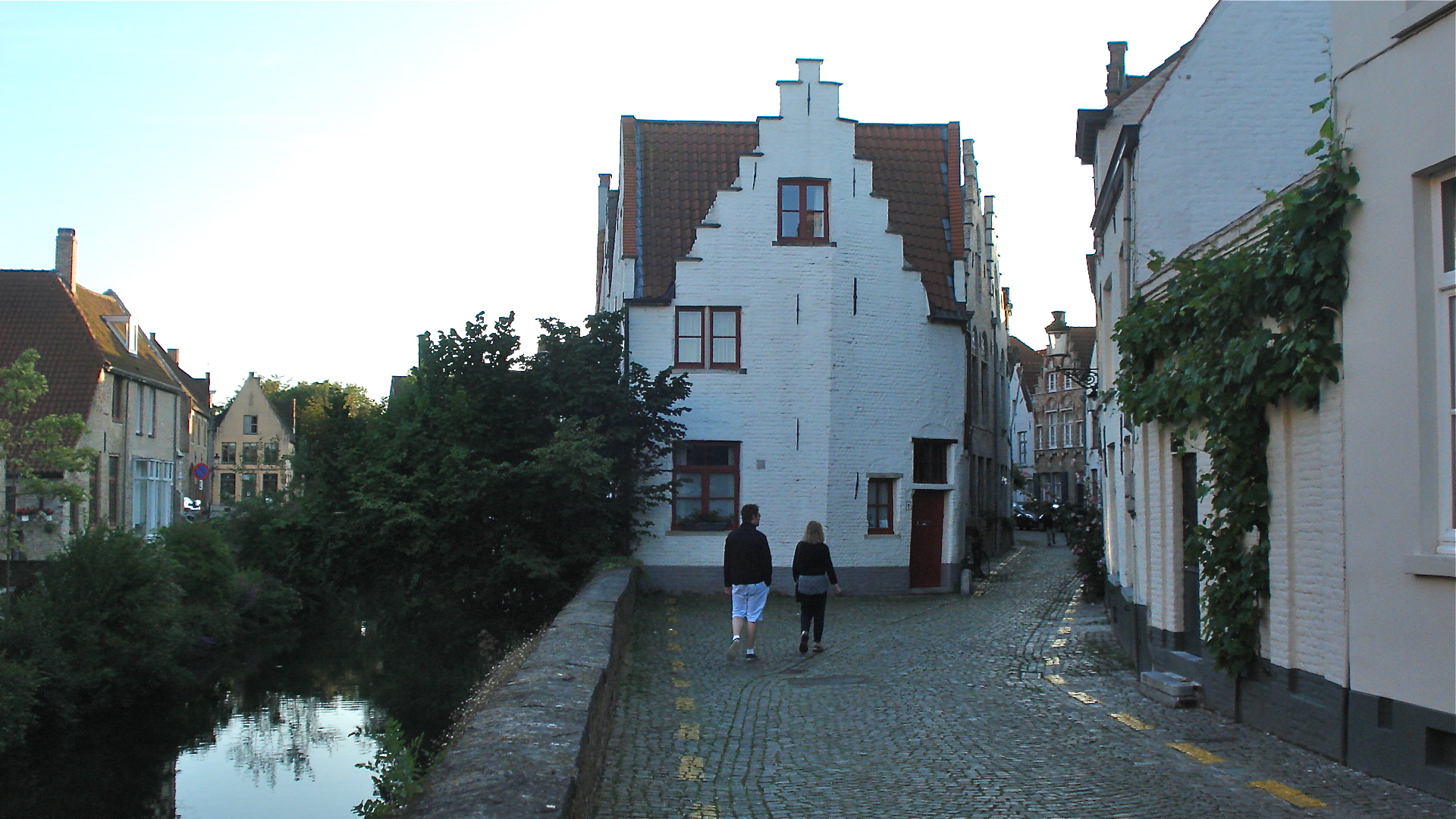Our Trip to Paris, Bruges, and Amsterdam—PART II: Our Trip to Bruges
We tend to say Bruges with a soft G and silent S. That is how it is written and spoken in French. However, in Flemish it is written Brugge with a hard Germanic G and an “eh” sound on the end. This brings up a point of history and geography that had been unclear in my mind—so much for my liberal education. Belgium is one of several countries put together like a jig-saw puzzle. Half the country (essentially the southern half) speaks predominantly French. The northern half speaks predominantly Flemish, which is itself highly related to Dutch and German. And that part is known as Flanders. During different periods, the two parts have had contentious discussions and votes regarding secession, much as French Quebec has had regarding secession from Canada. Bruges is close to the ocean in Flanders, a small city that time forgot (though the tourists didn’t). It was once an important shipping port but lost that status and had no strategic military or industrial value during the two world wars. For that reason it was passed over—and what a blessing. This old, medieval town is still standing more or less as it once was, with narrow, cobblestone streets, red brick houses with red tile roofs, step-wise tops to the buildings, and beautiful canals that snake through and around the downtown area and are crossed with small, picturesque, arched bridges. It is a walkable town supreme, and even if you get lost, you can keep walking and eventually find a place you recognize. We loved it. Ethan said he loved it more than Paris.
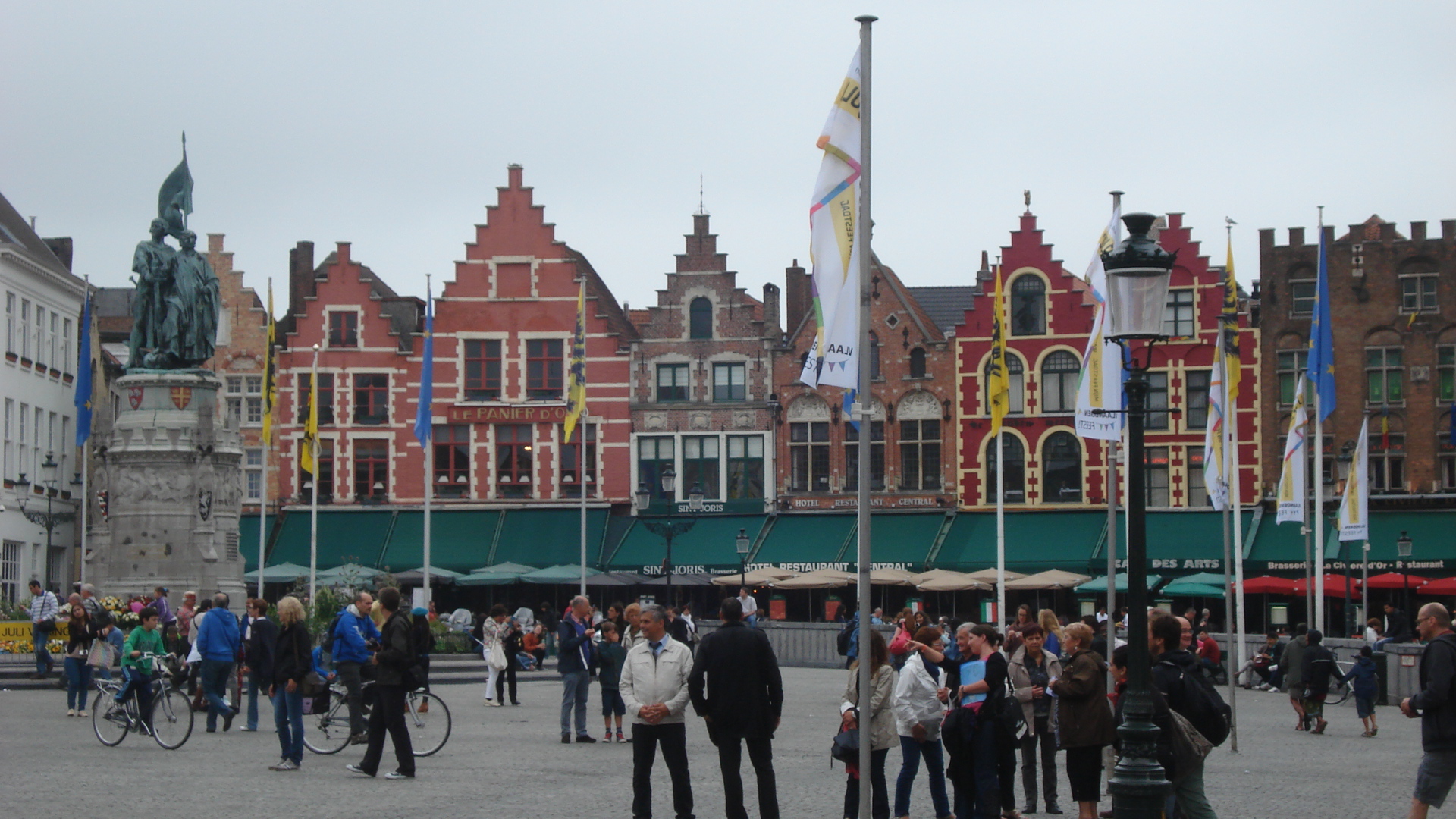
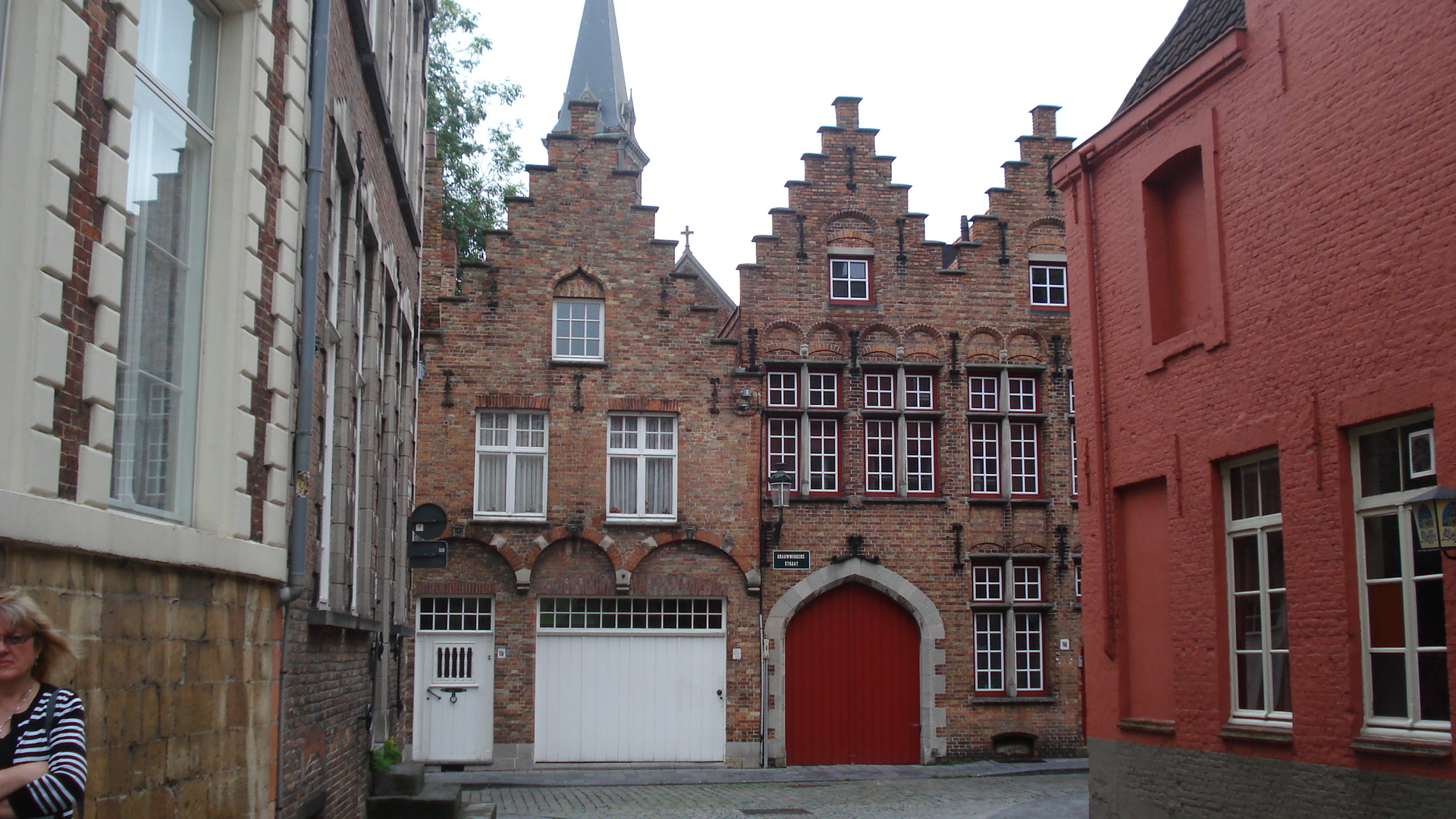
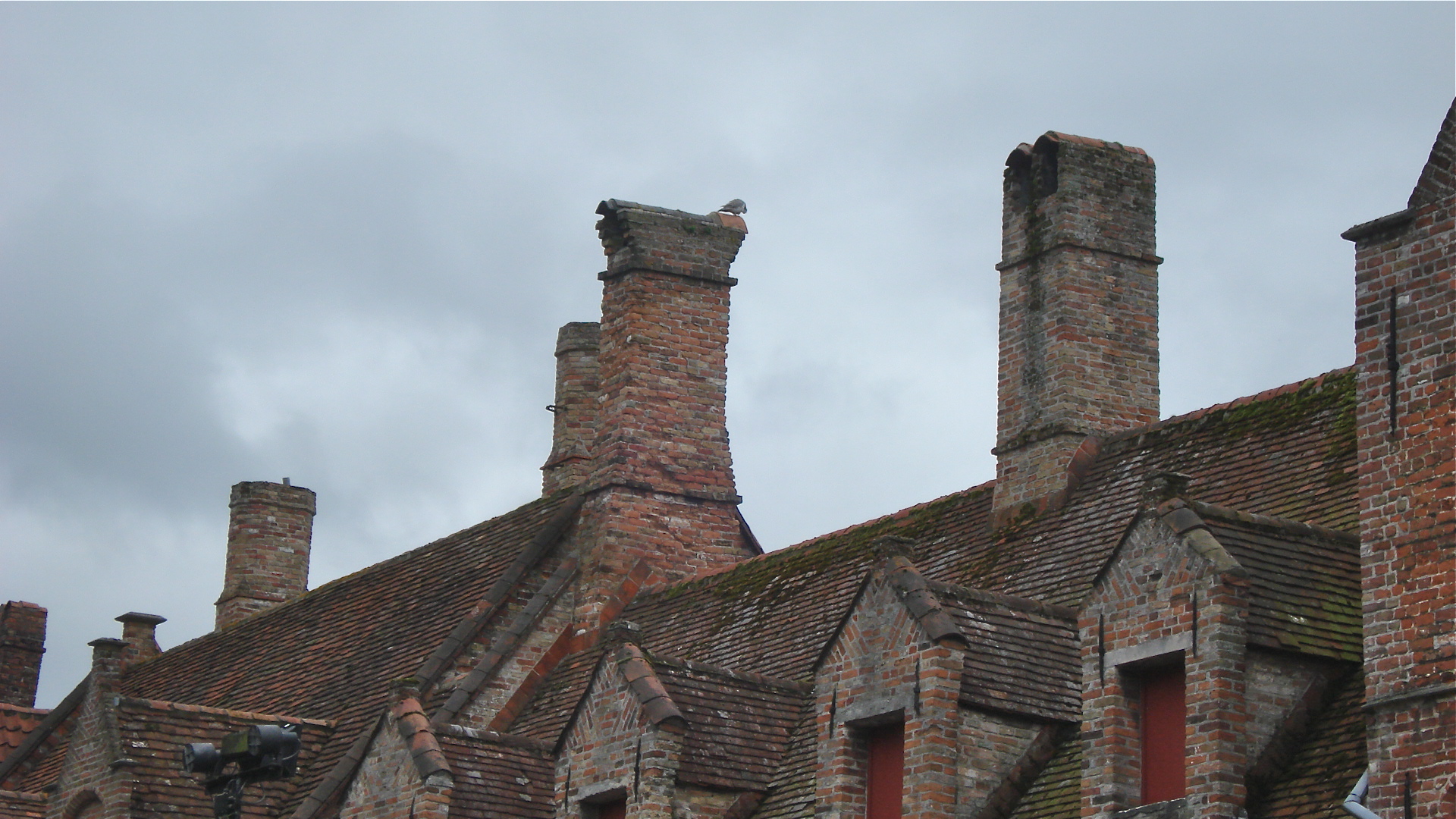
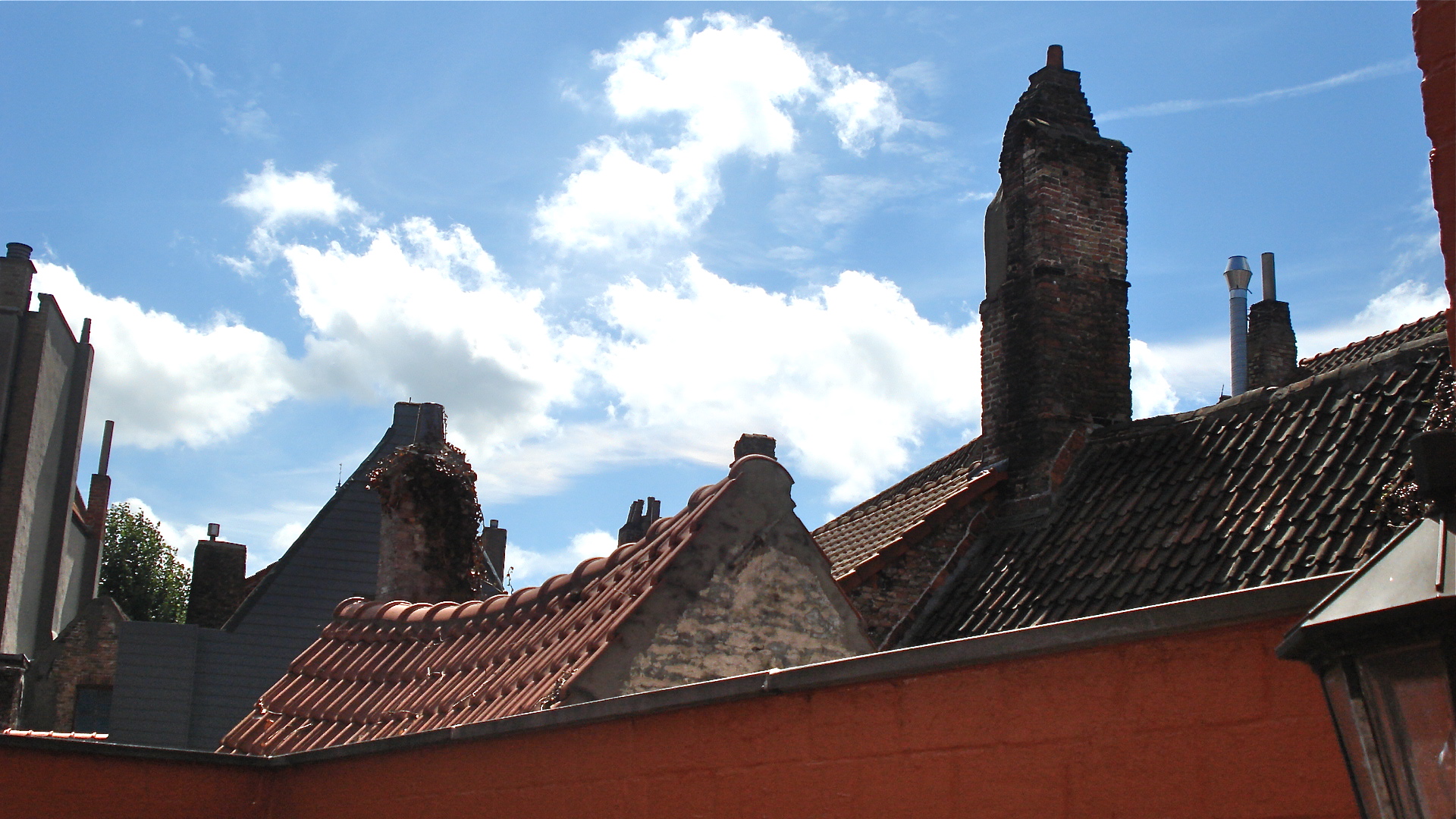
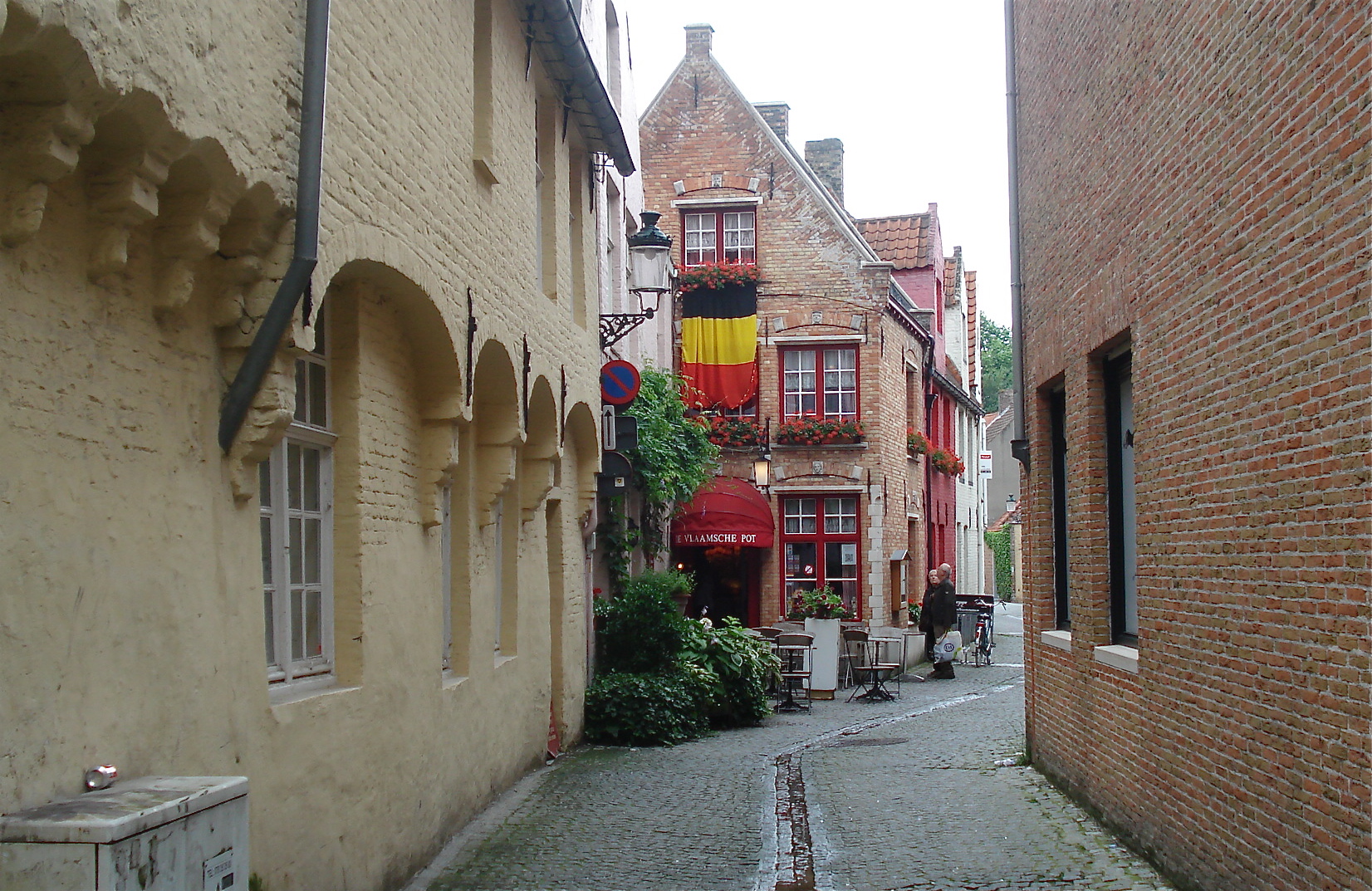
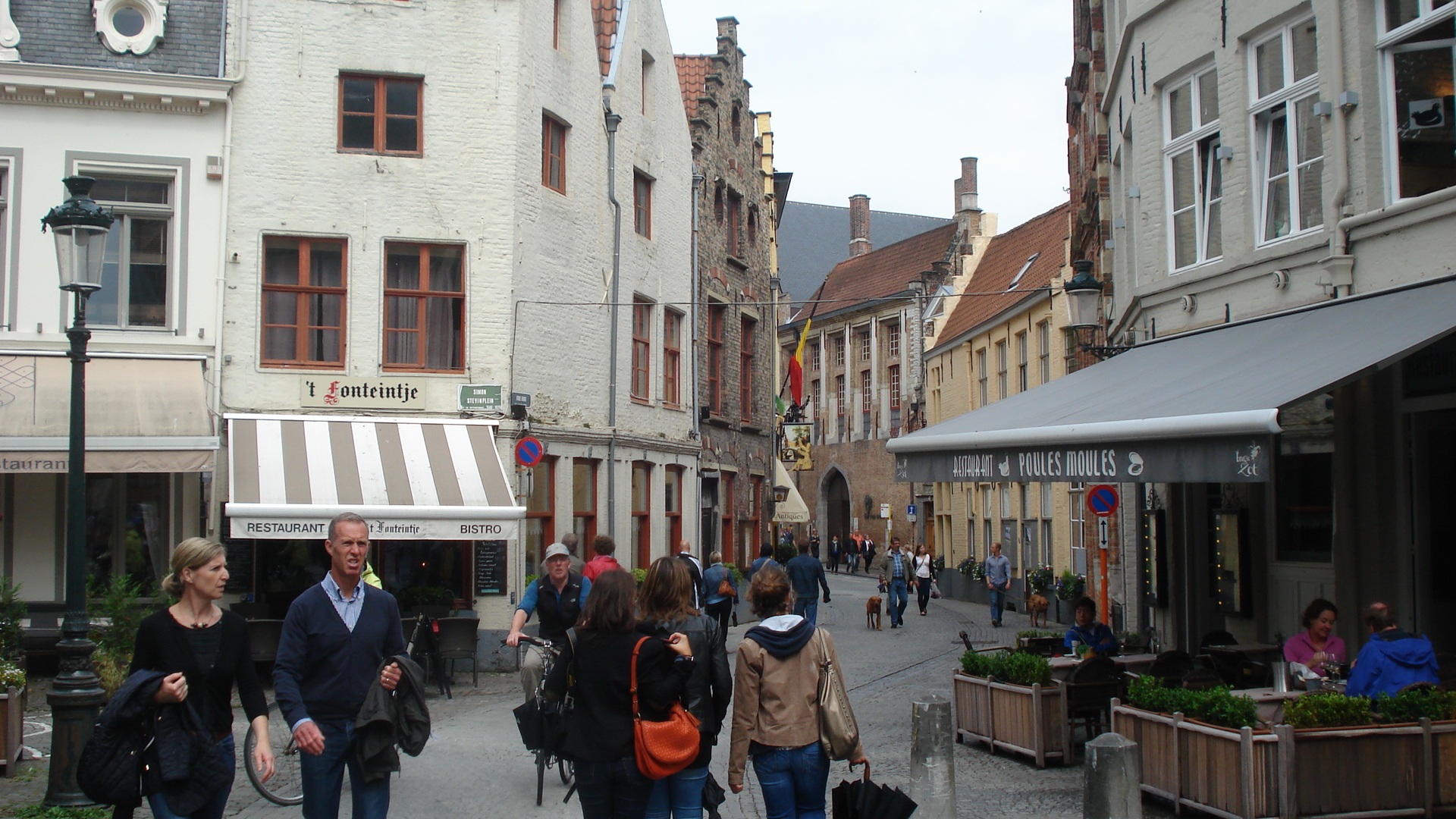
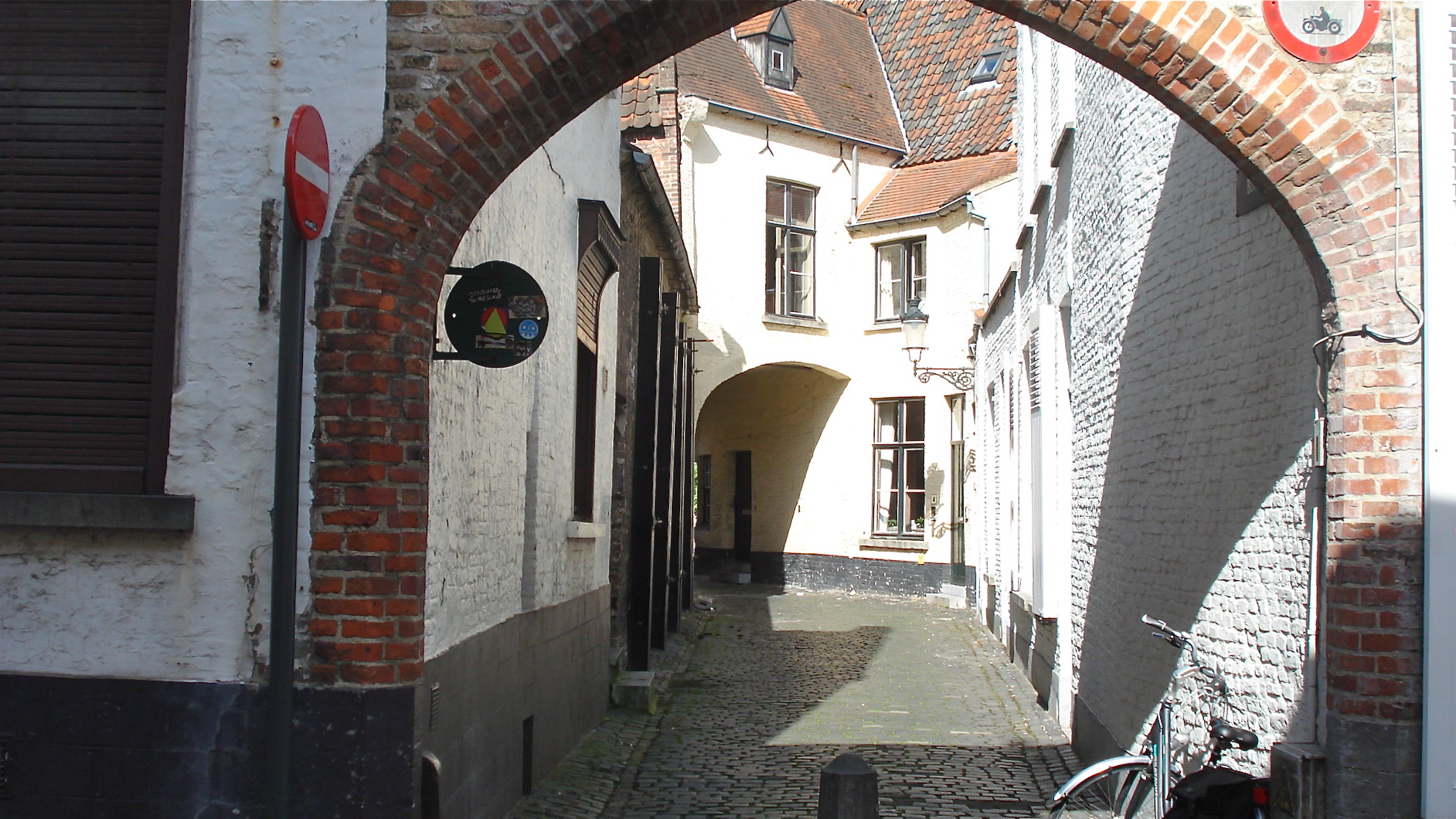
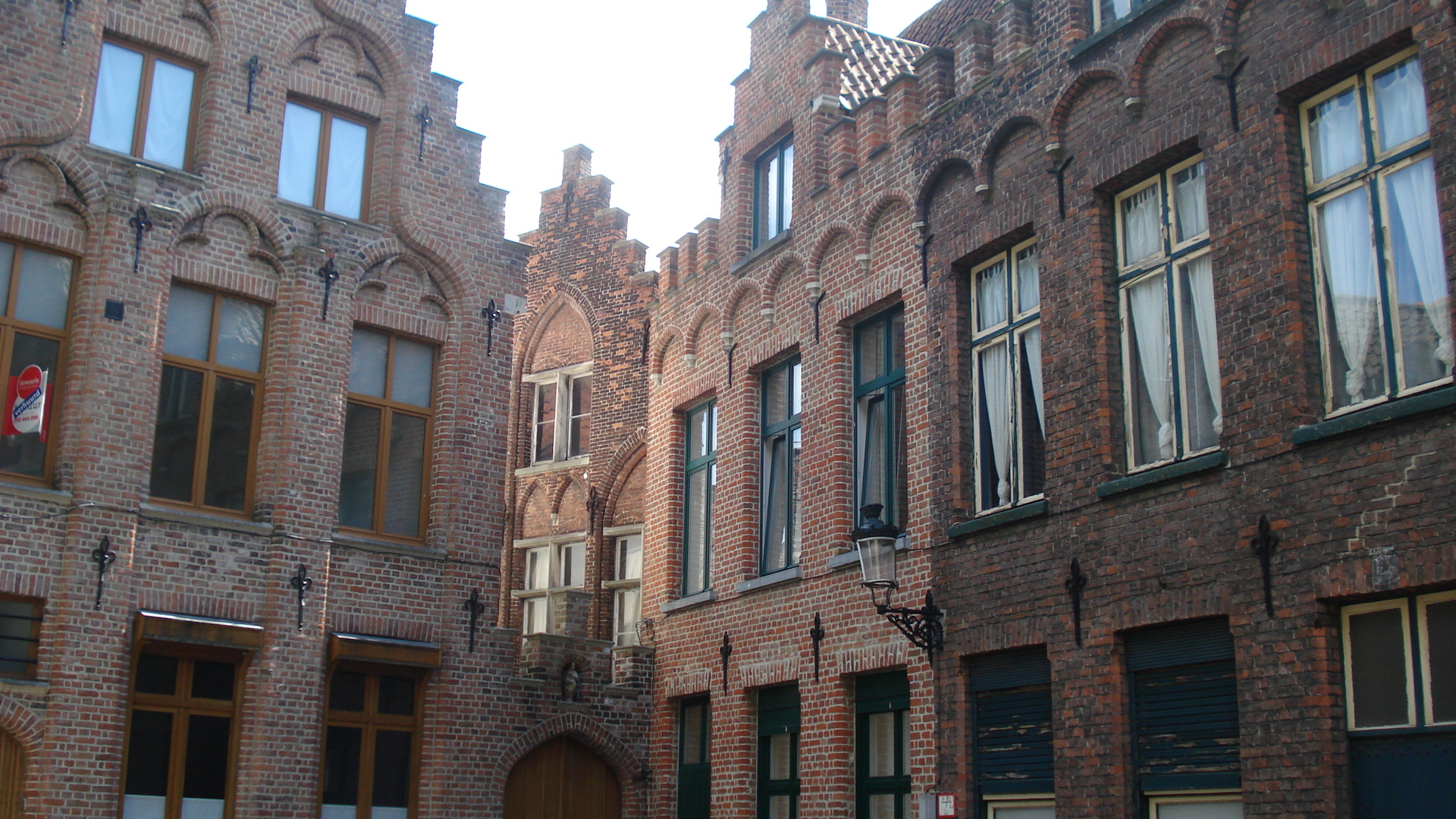
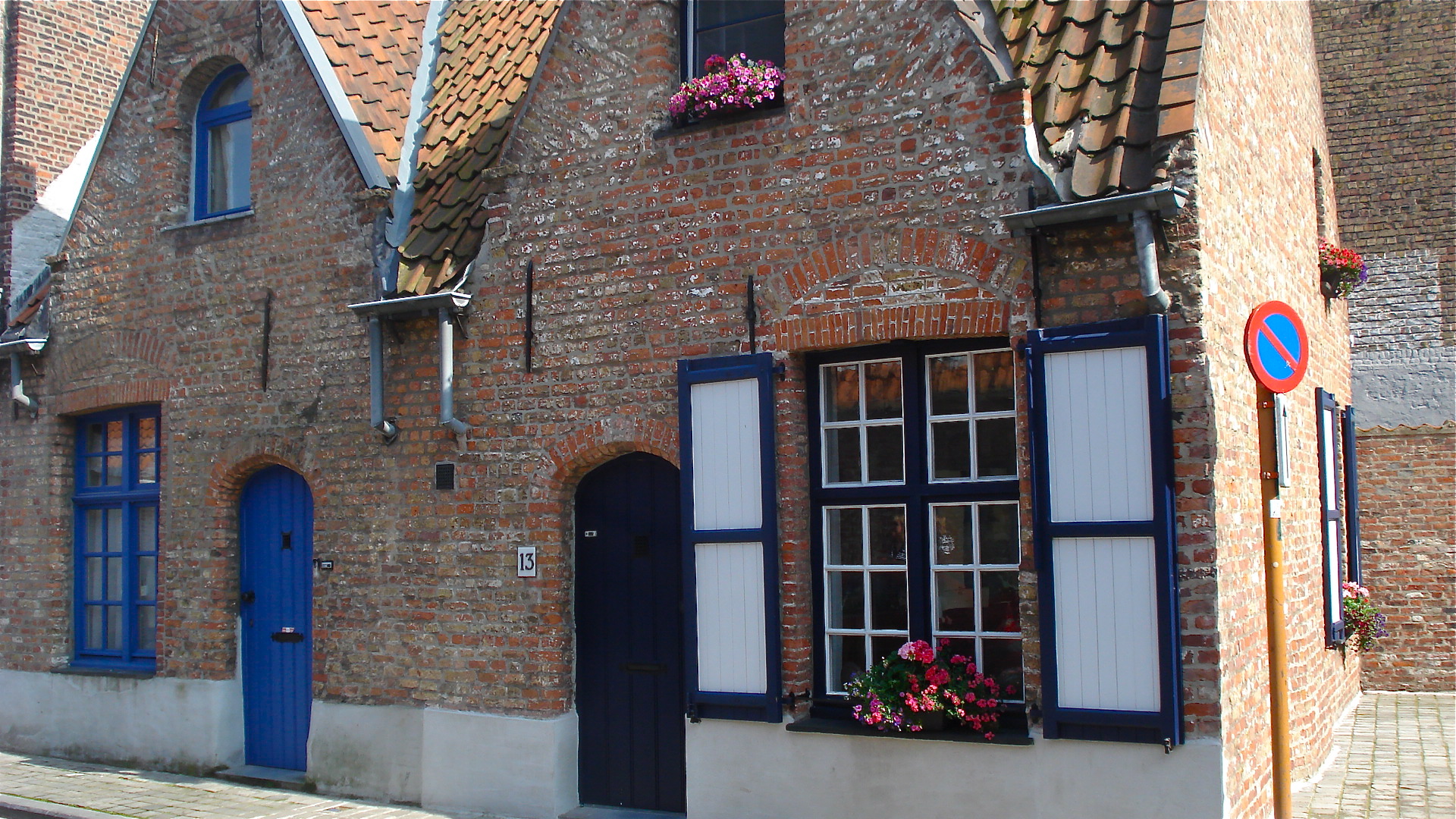
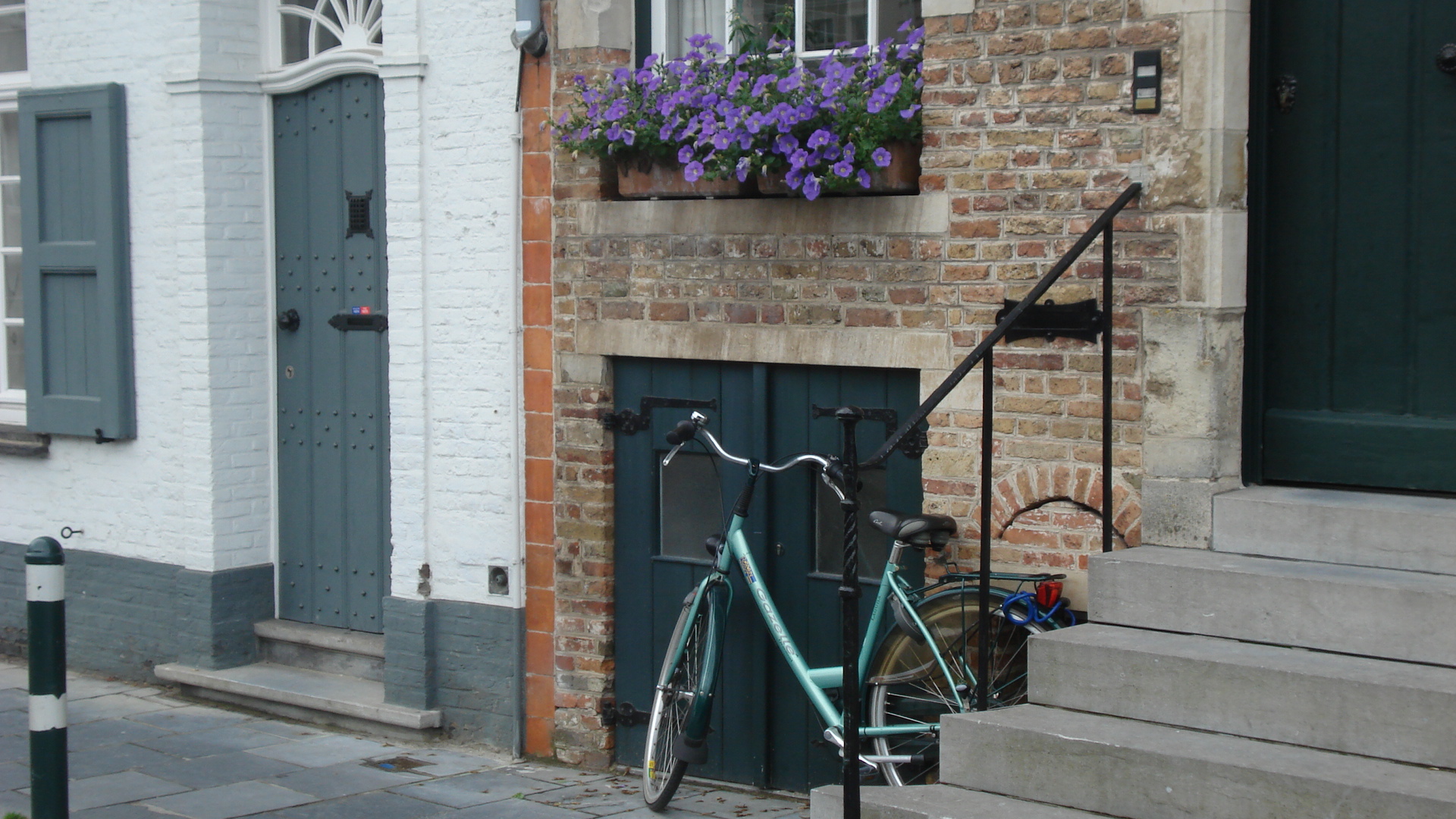
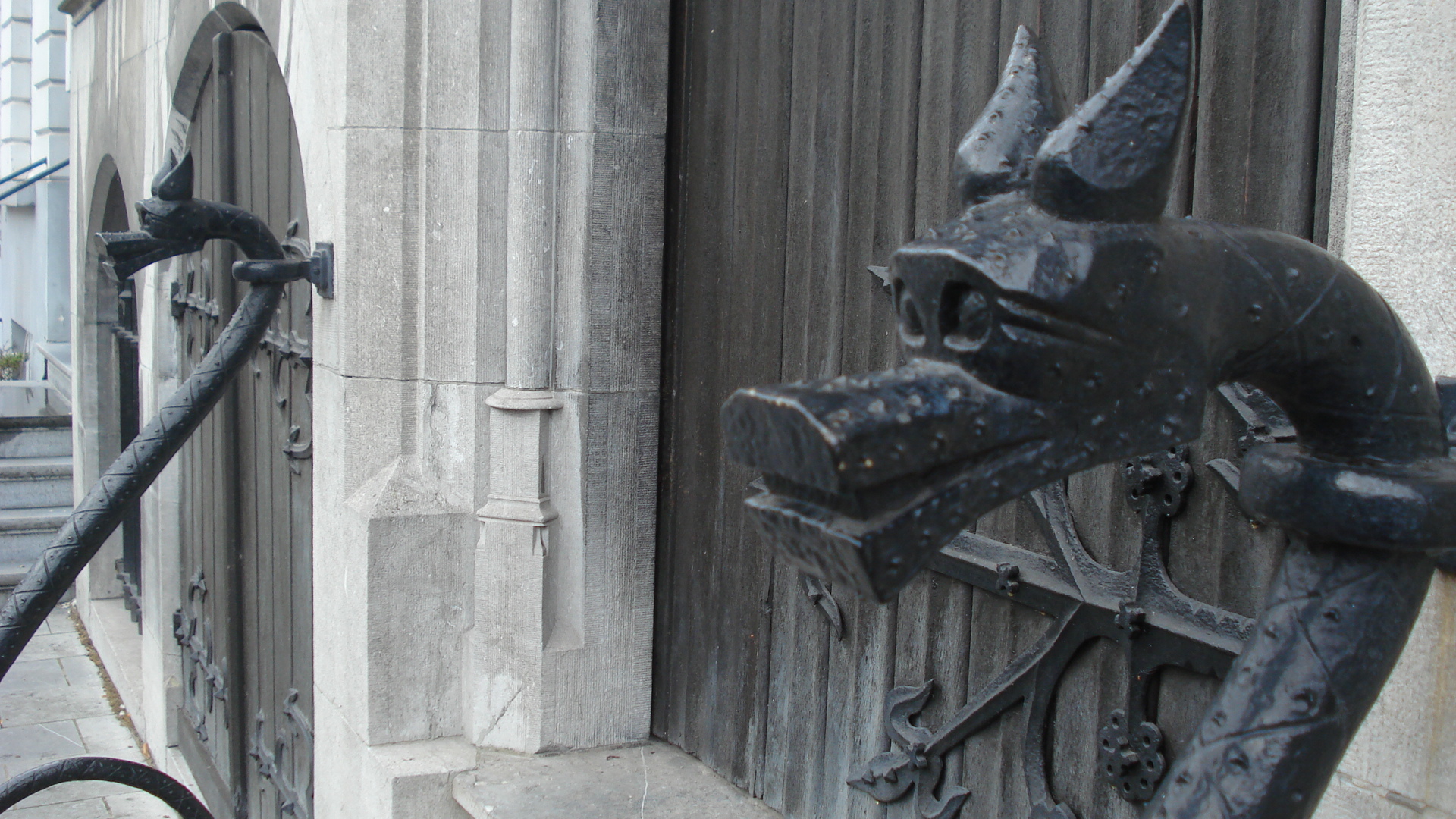
I said that everyone spoke Flemish. That was the default language, but everyone spoke excellent French and English as well, and probably Dutch and German. Ethan and I wished we could practice our German—not the case on this trip--but we found that we could understand some of the Flemish and read many of the signs, based on German. (In Amsterdam, it was even easier to use a combination of English and German to understand signs and pick up some of the language, not of course, when people were speaking fast to each other.)
We checked into a small hotel on a narrow street and were helped by perhaps the nicest young woman we met on our trip. Beth thought she looked just like one of her favorite students at Wellesley; I thought she looked just like one of my favorite students at Brandeis. She helped us tremendously and even taught us about Bruges and the languages there. She was night clerk at the desk but also showed us up to our room and later brought us towels. Did I say it was a small hotel? Our room was on the fifth floor up a narrow, winding staircase in a separate building, with a picturesque view of the tiled roofs across the narrow street. The first evening as we walked out onto the narrow street, we heard a band playing An American in Paris (once again). I thought that maybe we were in a movie and this was the background sound track. (I think it came from an upstairs room in a Music School.)
That first night we went out to the main square and listened to a rock concert with crowds of people. We discovered that it was part of a celebration of Flanders Day. That is where we discovered that Ethan, at about 6 foot 4 inches, was quite average in height in Bruges (and later seemed to be somewhat below average in Amsterdam). Not counting the NBA, the guys in these two countries were the tallest we have ever seen. That night we had pomme frites, which were eaten everywhere. We learned that the Belgians had invented French Fries, not the French, and they generally ate them with mayonnaise rather than ketchup—quite tasty.
The next day we took up our old habit of walking and grazing--on waffles sold from sidewalk vendors, more frites, and mussels (they ate a lot of mussels). And we took a boat tour of the canals but unfortunately had the worst tour guide-boat driver imaginable. He seemed to be asleep or drunk—maybe both. I could barely understand his monotone, which reminded me of the school teacher in Farris Buehler’s Day Off—“Anyone? Anyone? Buehler?” Then on our own we followed several of the canals, passing by homes and restaurants and myriad ducks and swans, stopping from time to time to sit and ponder what it would be like to live here.
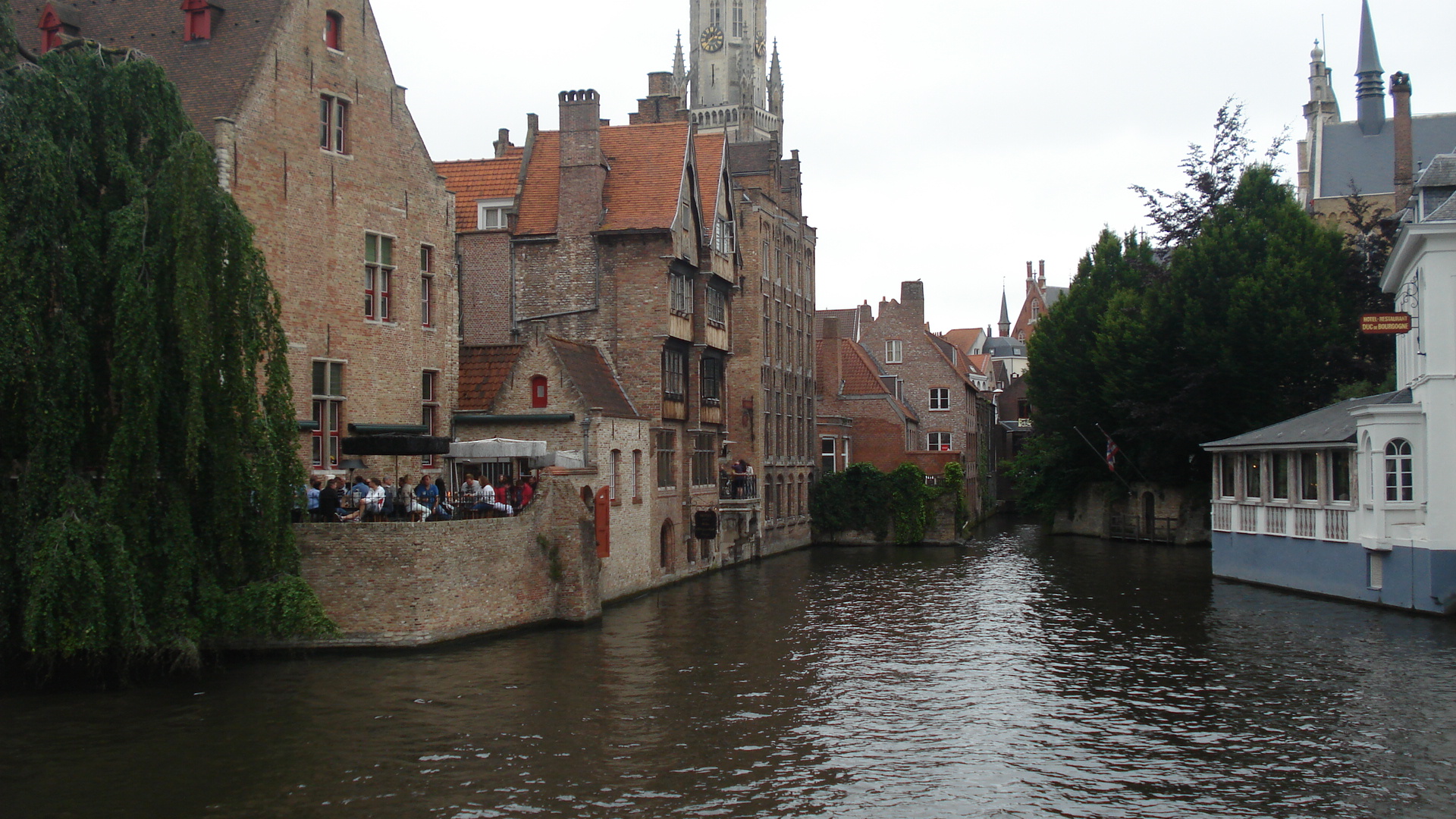
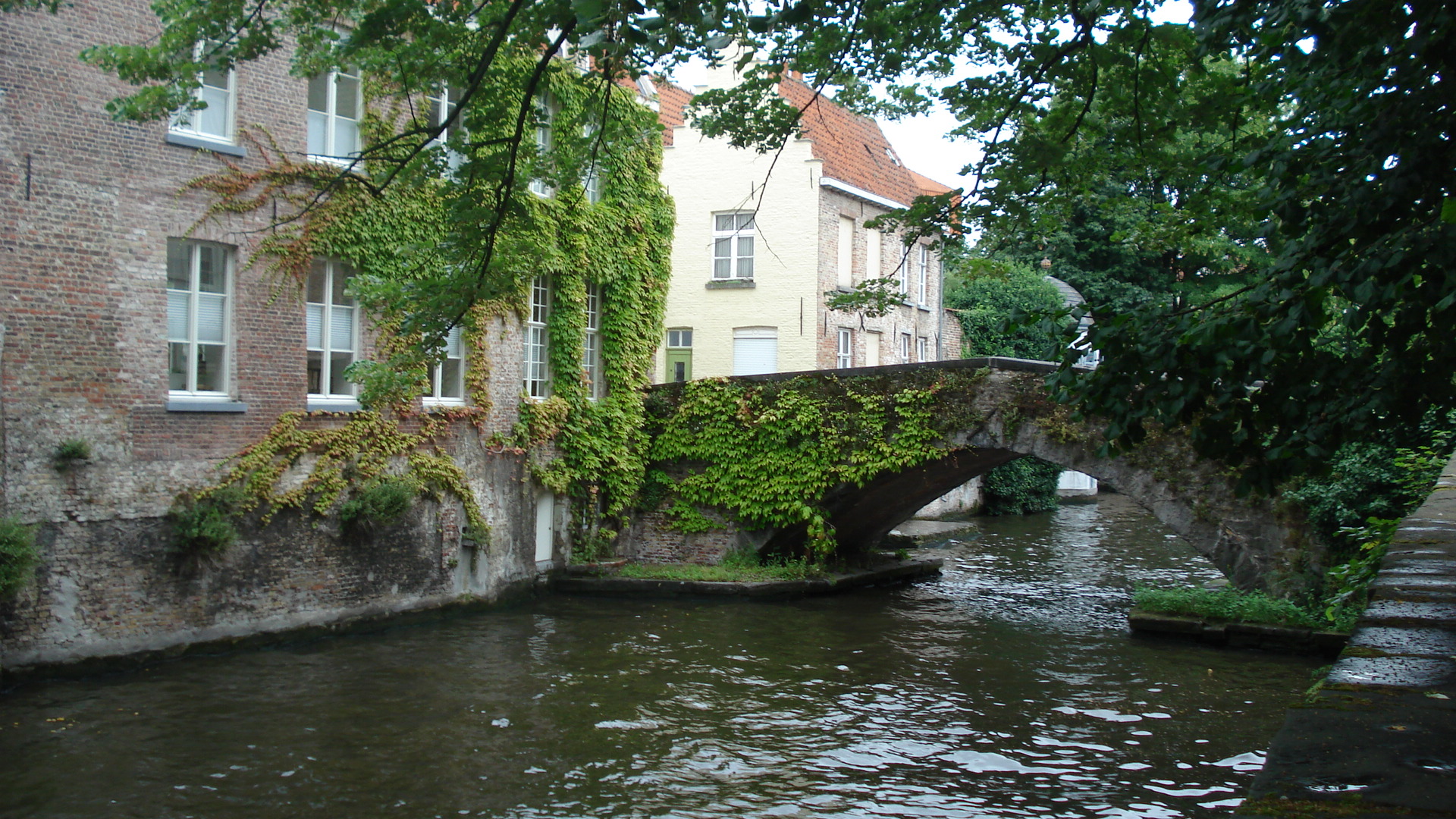
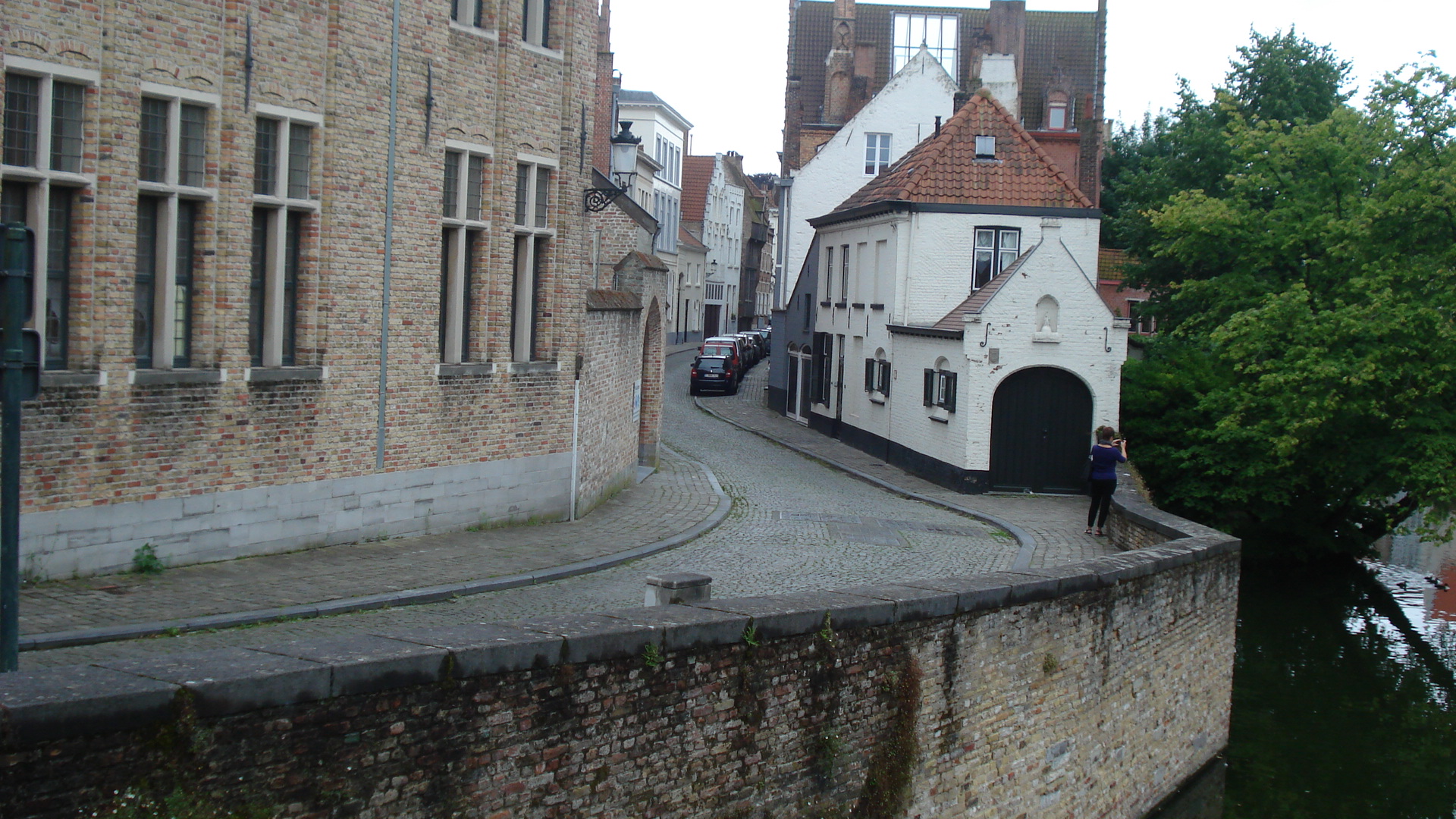

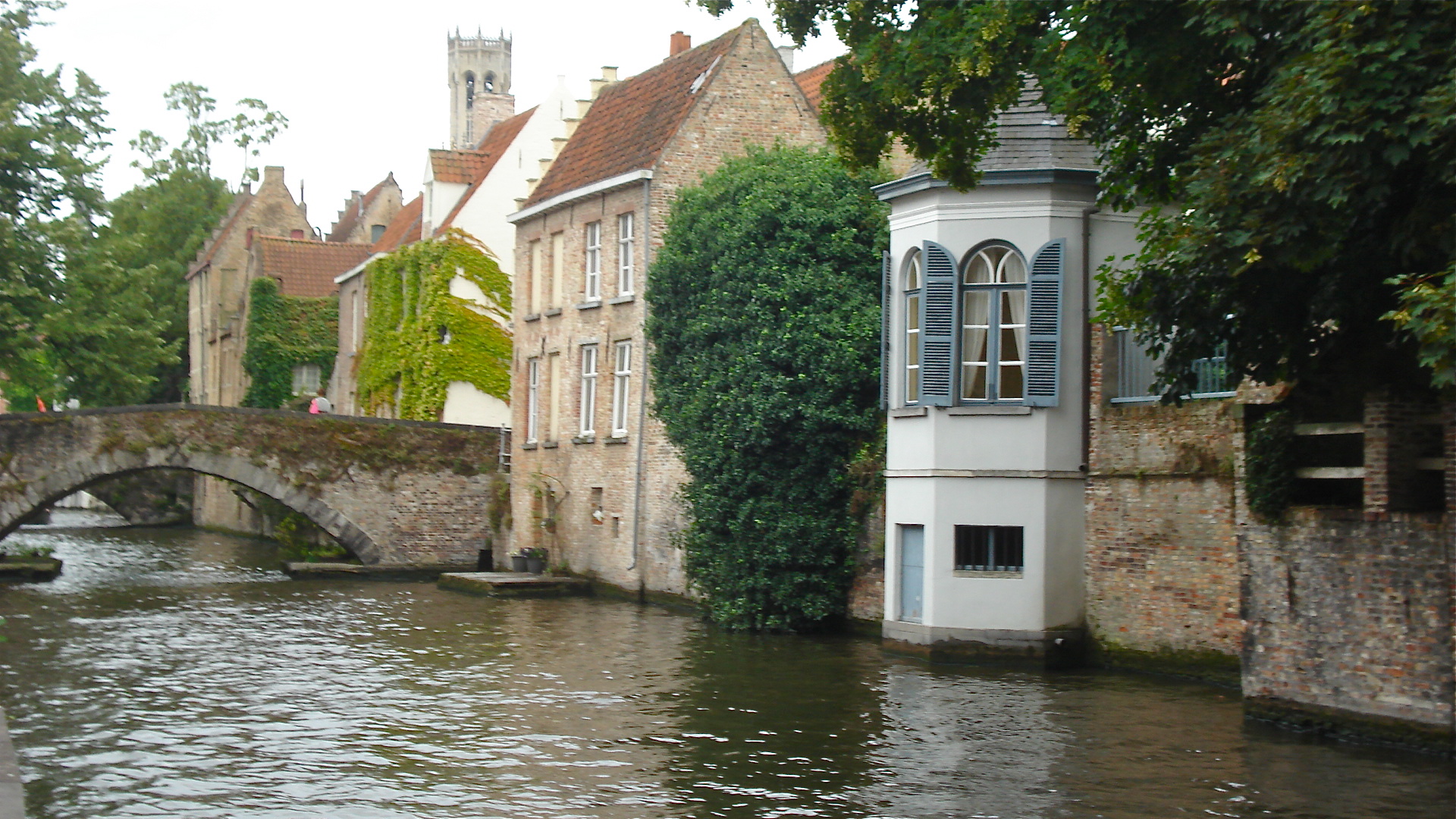
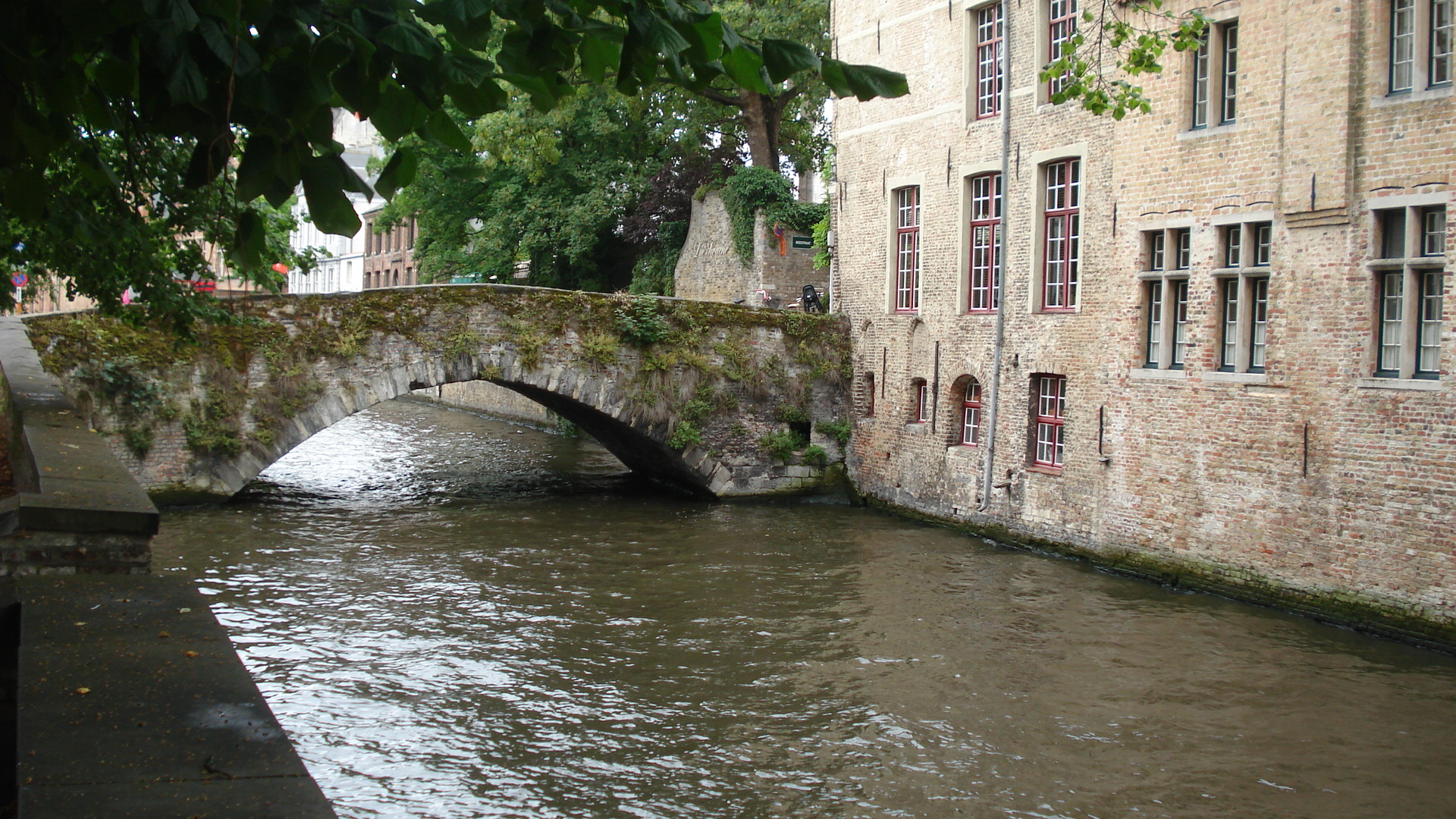
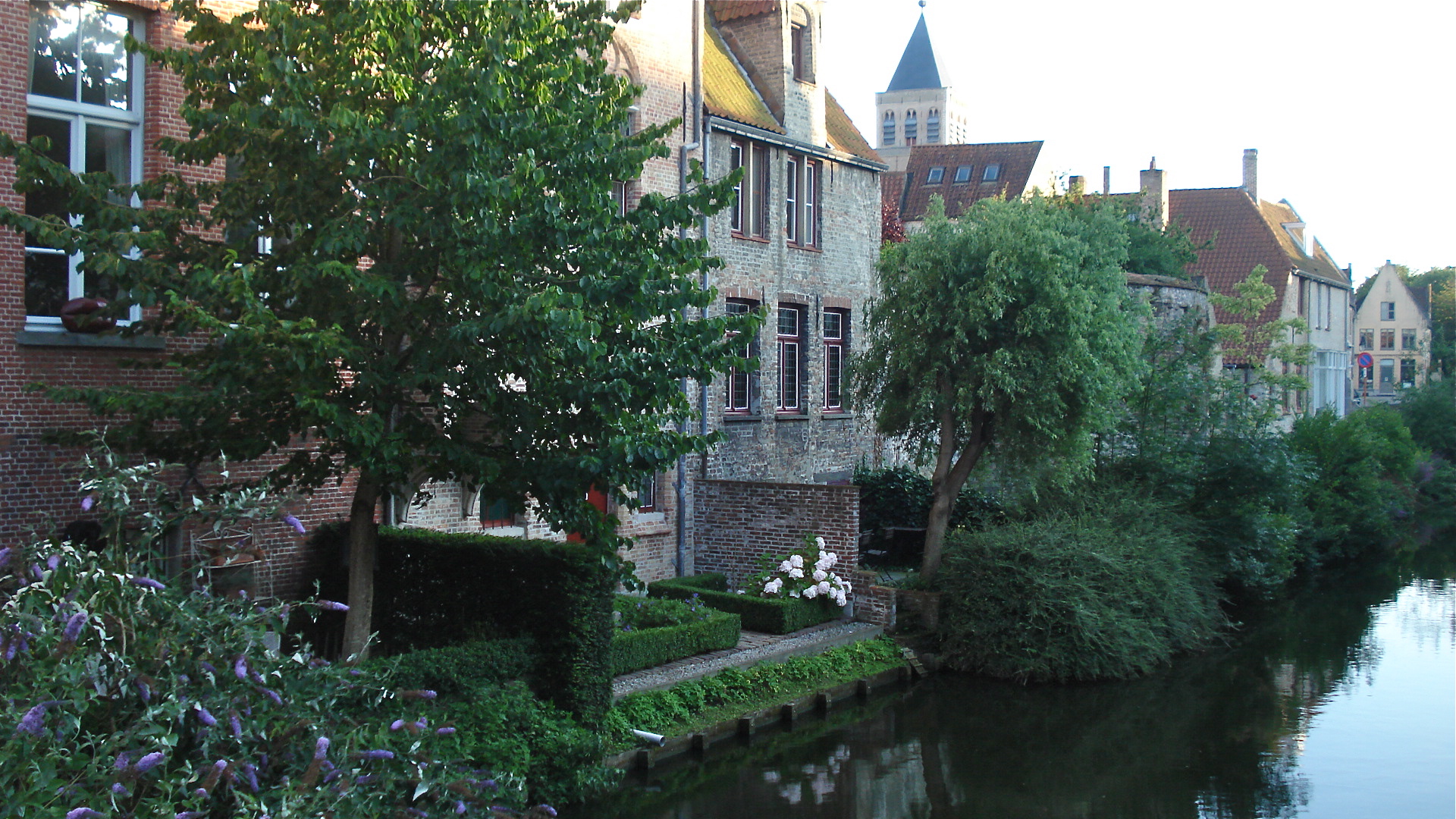
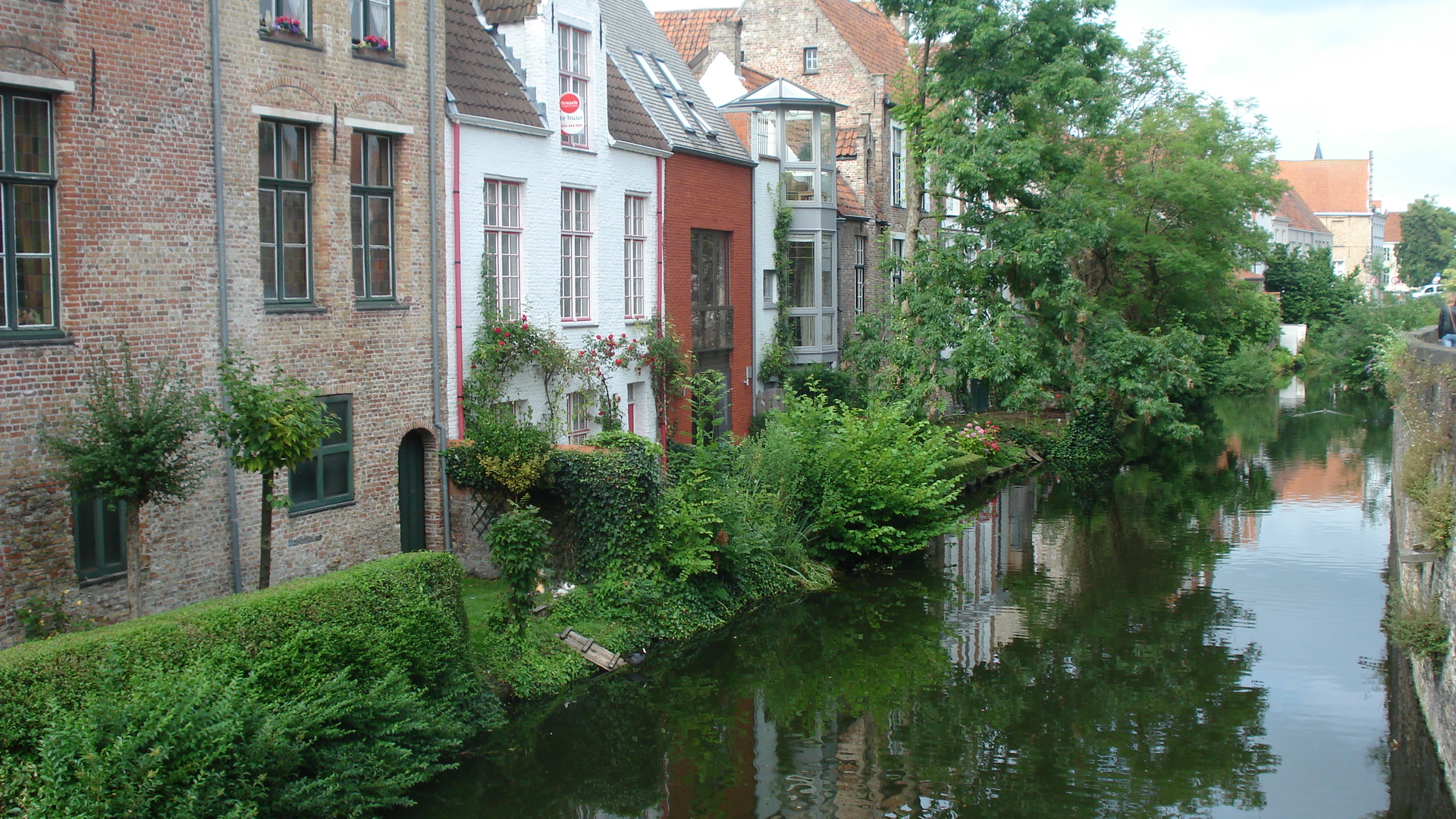
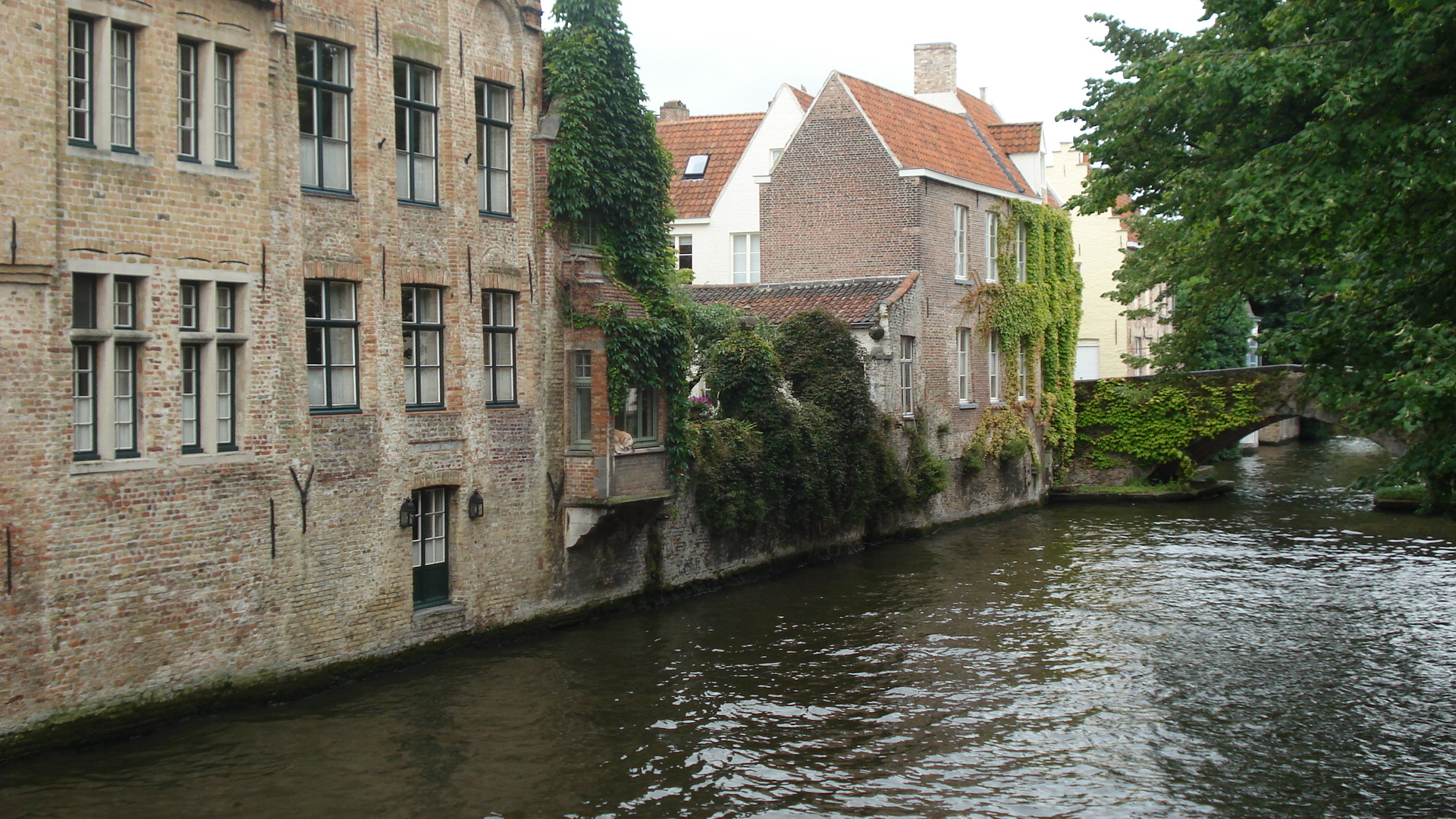
We visited the Church of our Lady and saw the statue of the Madonna and Child by Michelangelo. It was made more famous in the recent movie, Monuments Men, as one of the works of art that a group of GI art conservers rescued from the Nazis at the end of World War II. There was a line waiting to get in, and we were right behind a tall, skinny guy probably in his 70s. He had long white hair and wore a funky hat, and he had blue fingernails. He was accompanied by a woman, probably in her 40s, who looked like she came out of a fashion magazine. Beth and I decided that he was a has-been rock star out with one of his has-been groupies. We think it was Crosby, Stills, Nash, or Young, but we don’t know which one.
We also visited several churches that were not so well marked but had beautiful stained-glass windows and paintings. We particularly liked St. Jakob’s Church and St. Ann’s. We visited several open-air markets and grazed on fruit and cheese; we petted horses in the town square, as well as rabbits, ducklings and chicks sold in the markets.
Belgium is known for mussels, waffles, pomme frites, beer, and chocolate, and Bruges is apparently the epicenter of Belgian chocolate. There must have been a chocolate store on every corner, and I believe we attempted to hit them all. In the end, after munching on chocolate, having hot chocolate, having desserts drenched in chocolate, we bought an extra bag the size of a bowling ball bag to carry all the chocolate we had purchased to bring back to the U.S.
I am not one to describe dinners in detail; this is not a Foodie travelogue. Yet I should mention two particularly good restaurants in which we had memorable meals, served by charming waiters and waitresses. First was a place called In den Wittenkop on Jakob Straat. It was small and quiet and served perfect Belgian food. Second was a place called Pietje Pek, also on Jakob Straat. The waitress told us all about Bruges, Belgium, and going to the ocean in nearby Oostende. Oostende sounded like the in-place to be for young people. The dinners were terrific. Ethan and Beth once again had fondue, and I had rabbit (popular in Bruges).
One late afternoon, we attended an intimate harp concert to hear harpist Luc Vanlaere. He played his own compositions on several kinds of harps and other instruments. What could have been trivial, new-age, mood music, turned out to be quite beautiful. What most impressed me was his playing a hang, a new steel percussion instrument shaped like a flying saucer and first developed and made in Switzerland in 2000. The inspiration came from steelpan drums, but this instrument is played with the fingers and hands and has overtones, harmonics, and notes made with the design of the bumps and rounded hole in the bottom half that make it sound at times like a harp, at times like a flute. The small company in Bern has stopped making the instruments and is experimenting with new, modified versions for the future. It has had several legal battles over patent infringement, one recently with Samsung, which created a cheap electronic copy of the hang sound for a ring tone. In any case, the instruments are hard to come by and extremely expensive. You should try to listen to some good hang playing (e.g., by Rafael Sotomayor) on Youtube, as well as to some of Luc Vanlaere’s music on Youtube. The next day we heard a young harpist, street musician sitting in the main square playing a full sized, concert harp. This wasn’t Boston.
Before we left Bruges, we walked out to an area along the “belt-route” canal to visit several windmills. Each was built on a small hill. They had an interesting design. Instead of the top blades being adjustable to turn to face the wind, the entire mill building could be turned on a crank to face the wind. Thus each windmill sat on a base of several legs that allowed it to be rotated.
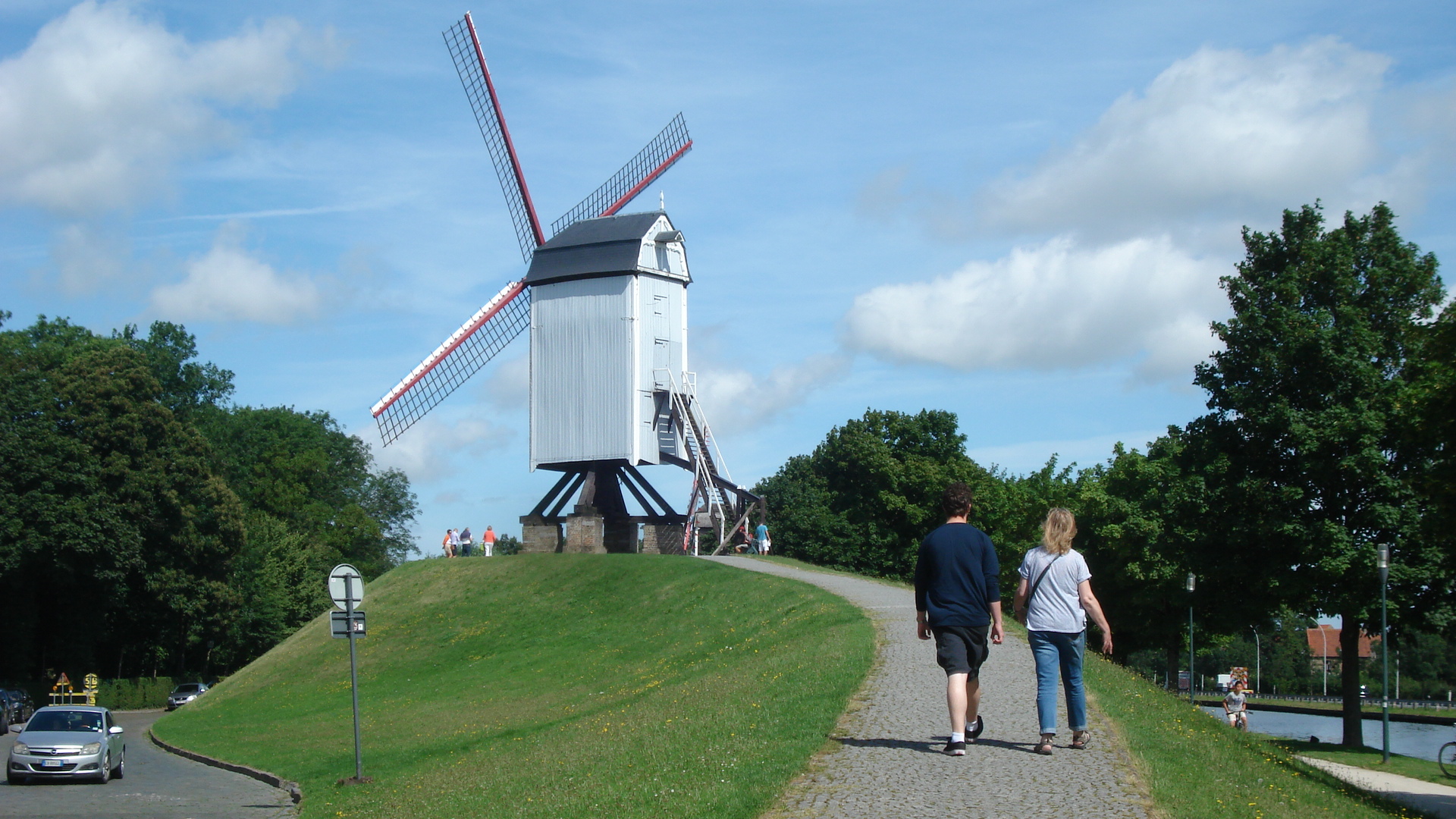
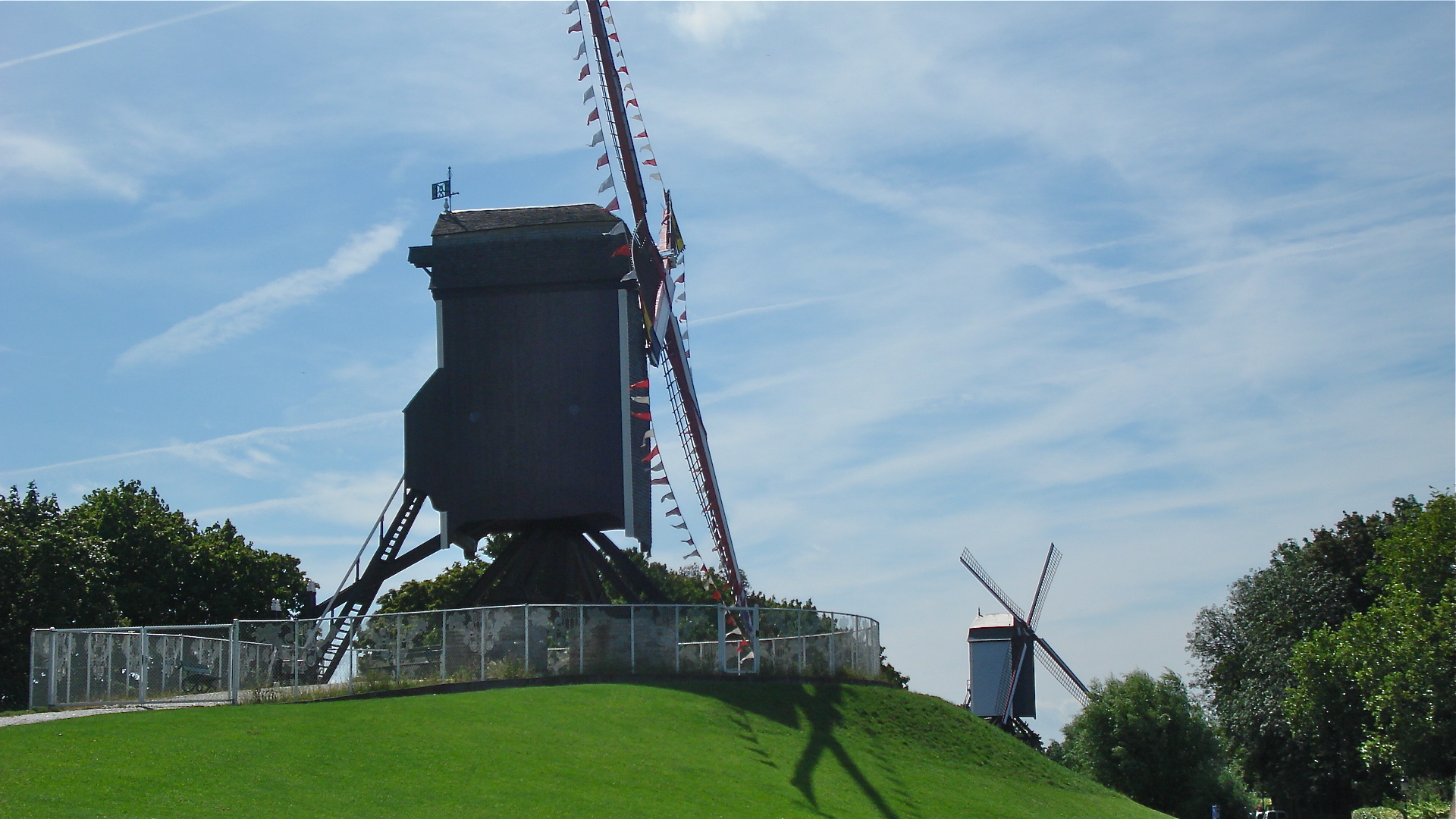
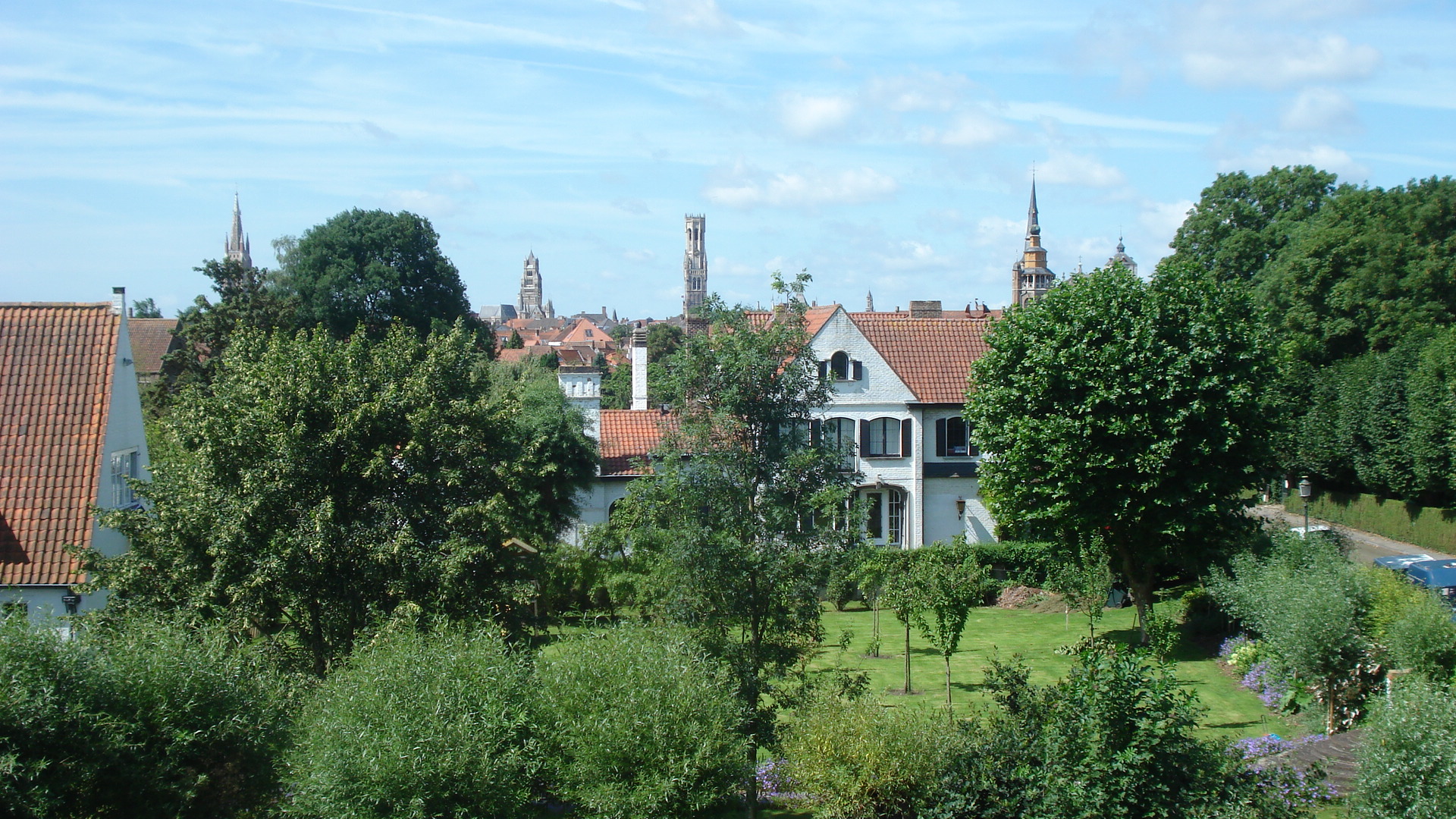
Thus ended our trip to Bruges. We took the train to Amsterdam, transferring in Brussels. But before leaving, I would like to tell you about some of the dogs we met, petted and talked to in Bruges.
The Dog(s) of Bruges
There is one famous “Dog of Bruges.” You can find him online. His name is Fidel, and he is a Yellow Lab who almost every day comes to the window of the Bed and Breakfast where he lives, overlooking one of the canals, and hangs on the windowsill, looking out at the boats as they travel by. He seems to love communing with all the passersby. We saw him from our boat tour and also spent some time watching him from the other side of the canal.
We also met Gaspar, a gentle and quiet Great Dane.
And then we met Milan and Fleur, two friendly Bulldogs who liked to lick.
And finally we met Seppe, a huge Leonberger, quiet and refined.
See you in Amsterdam.

